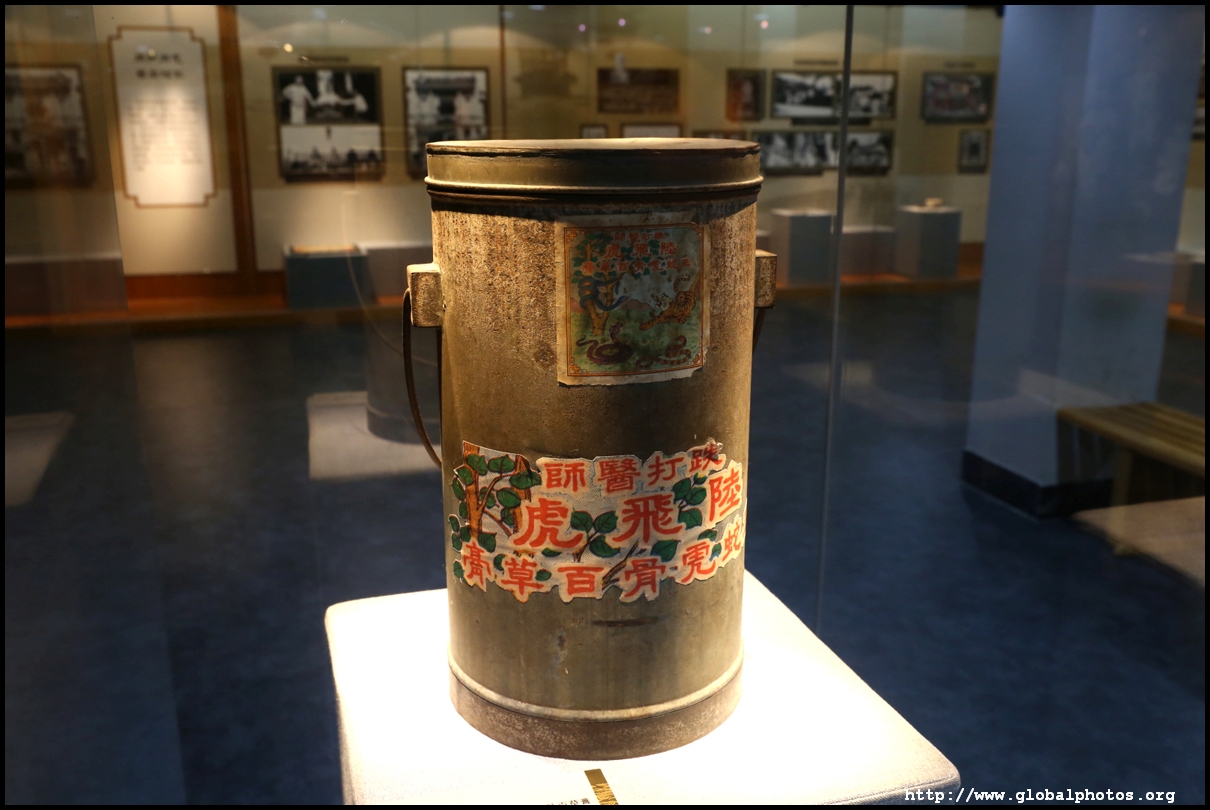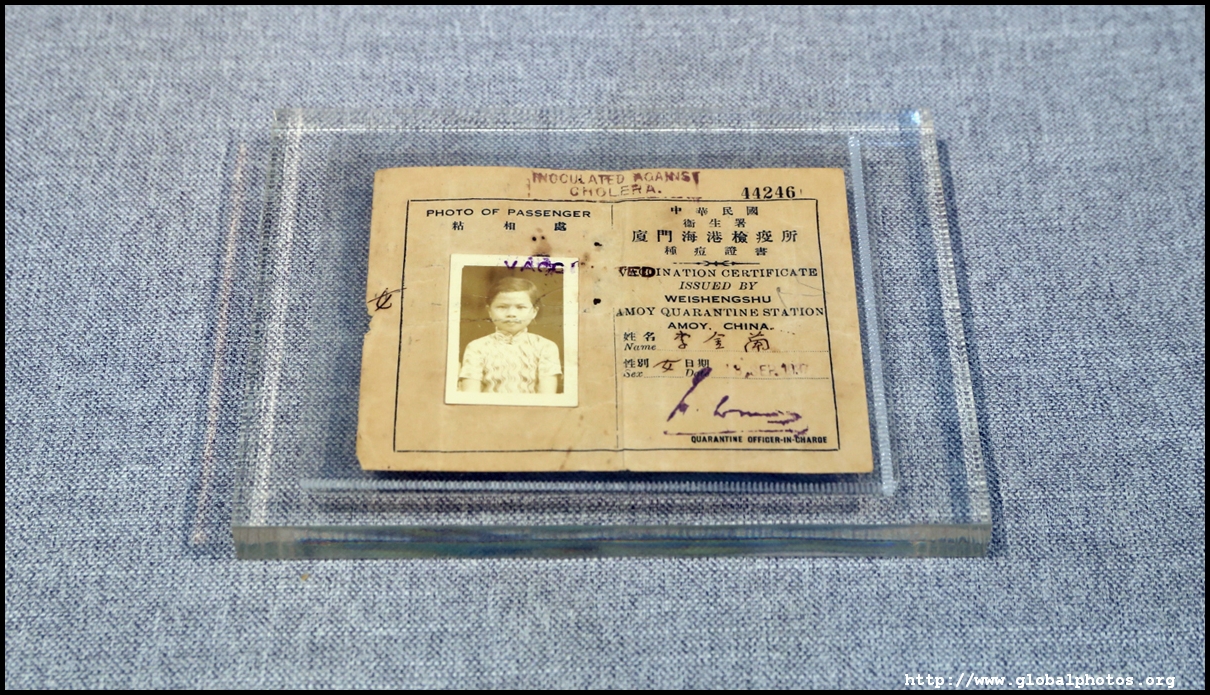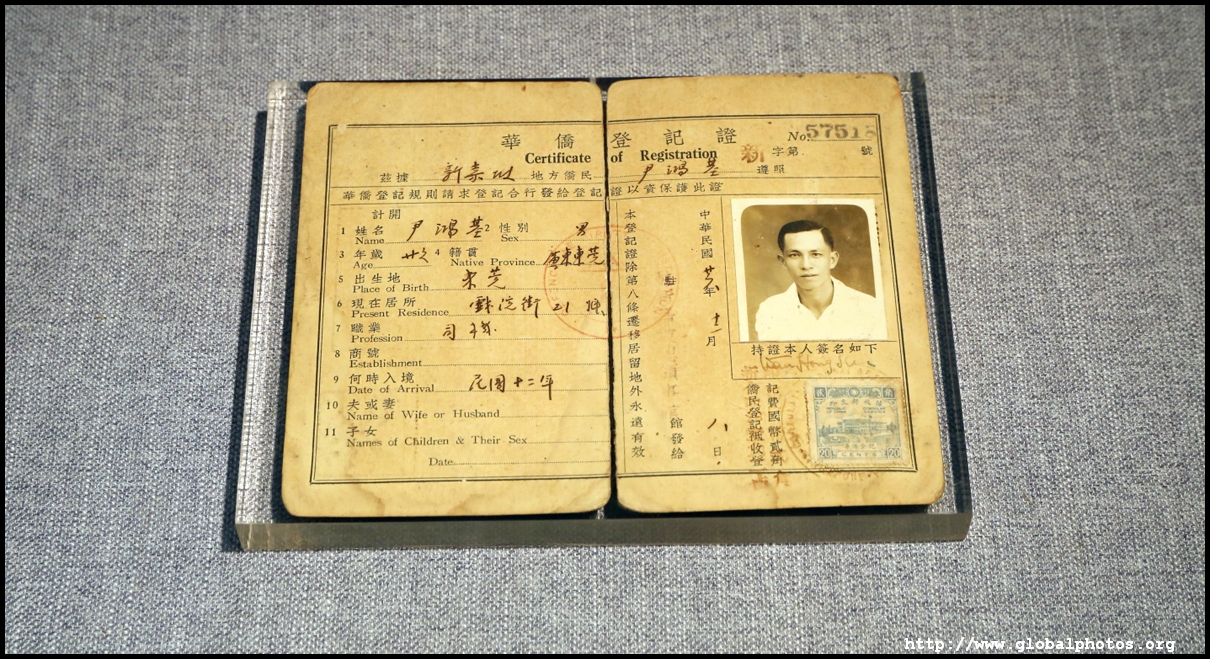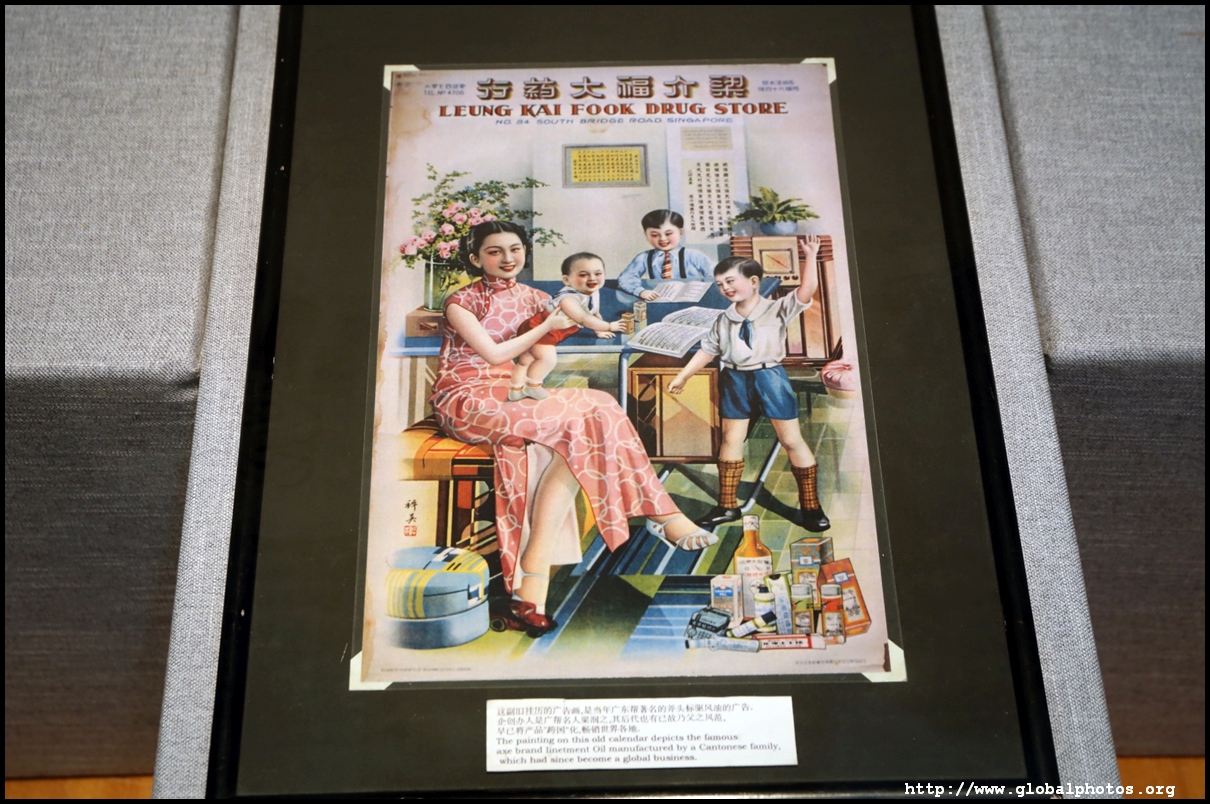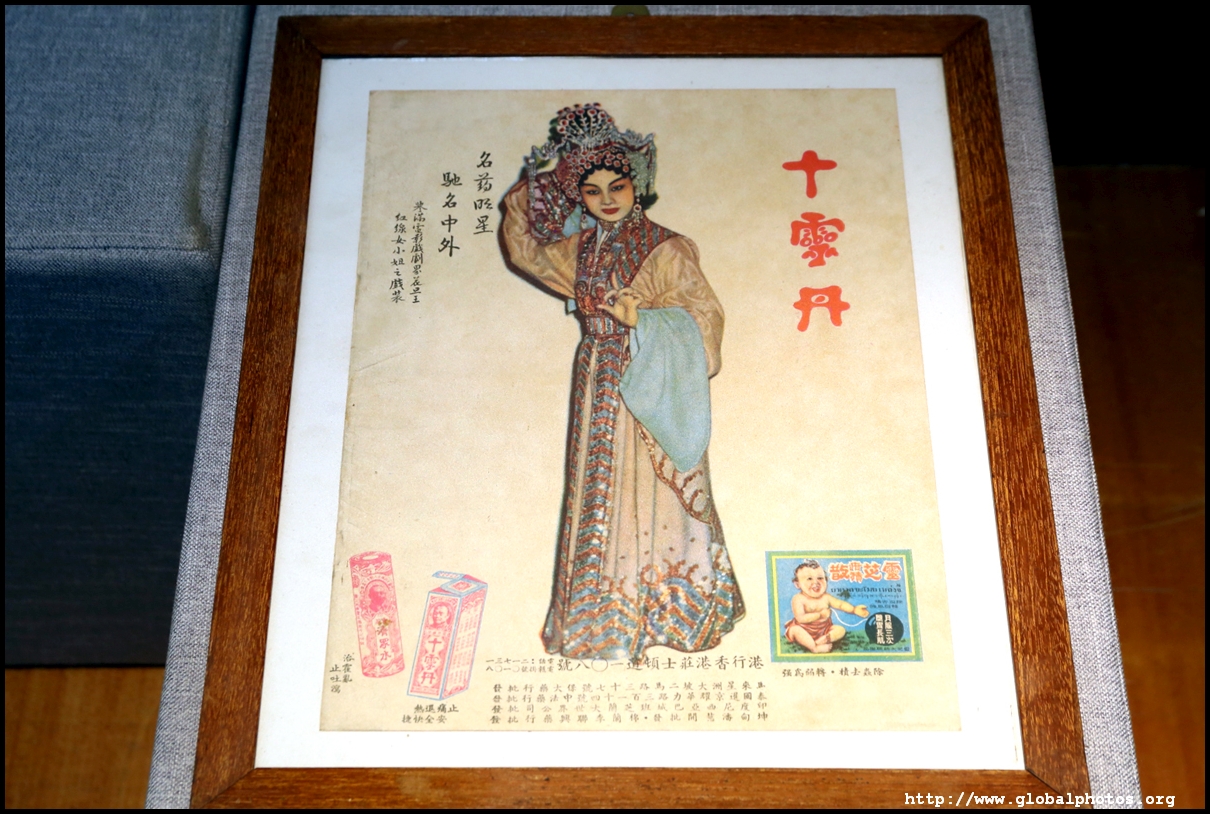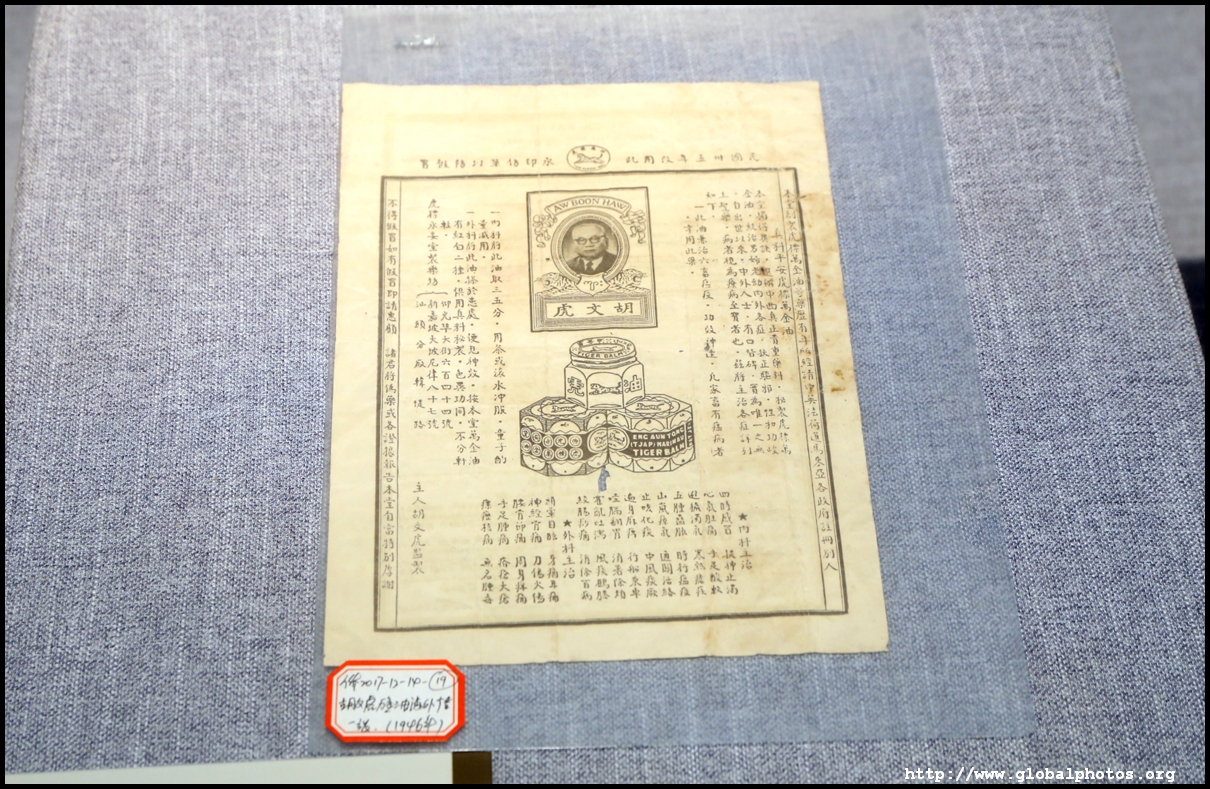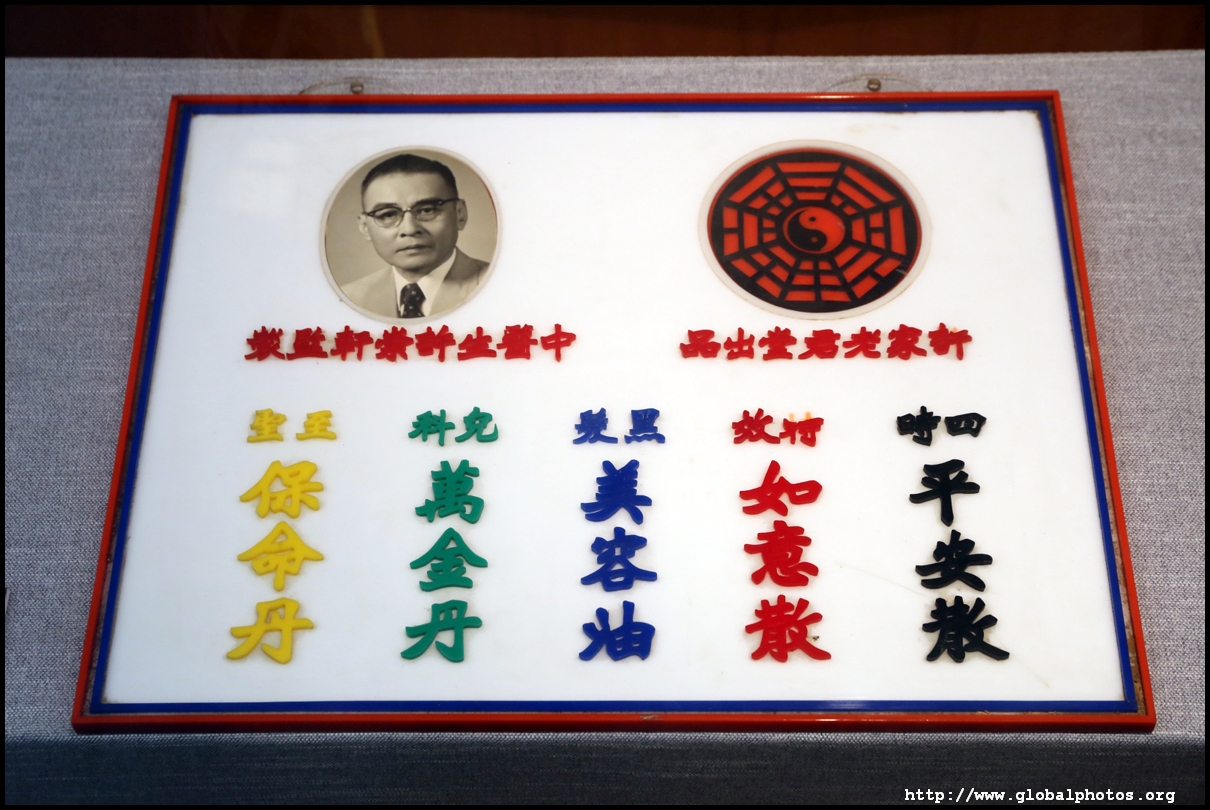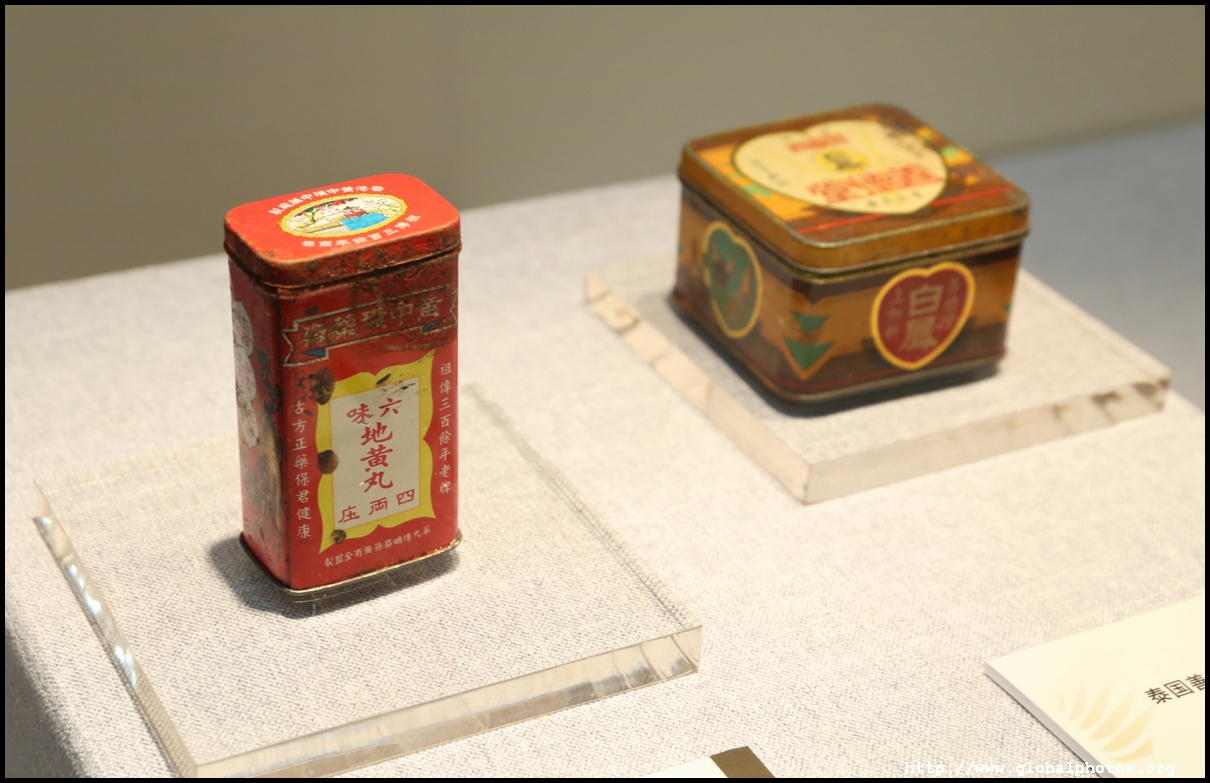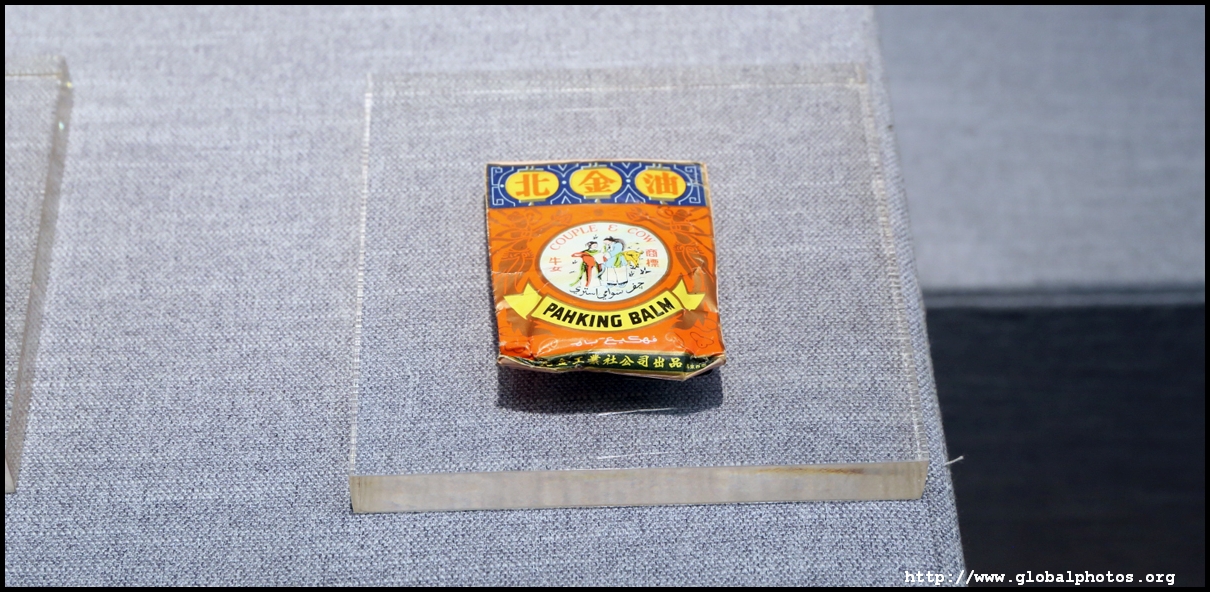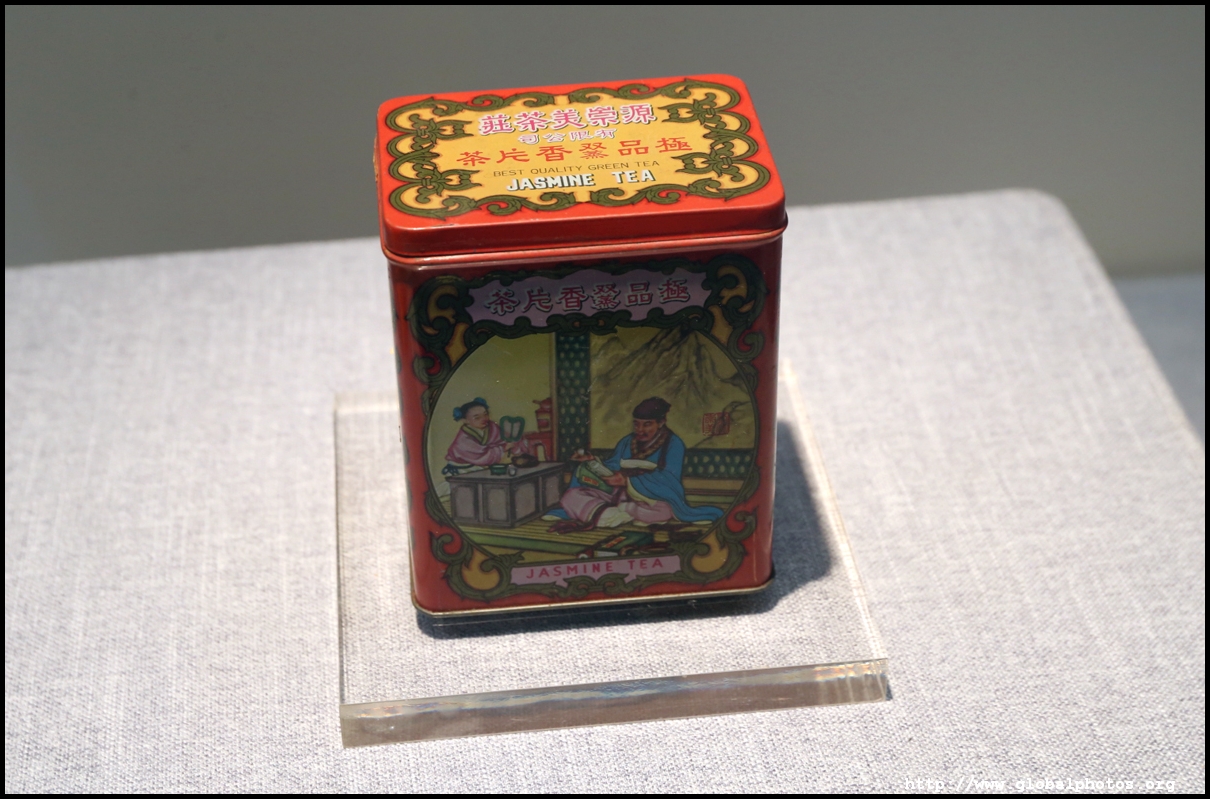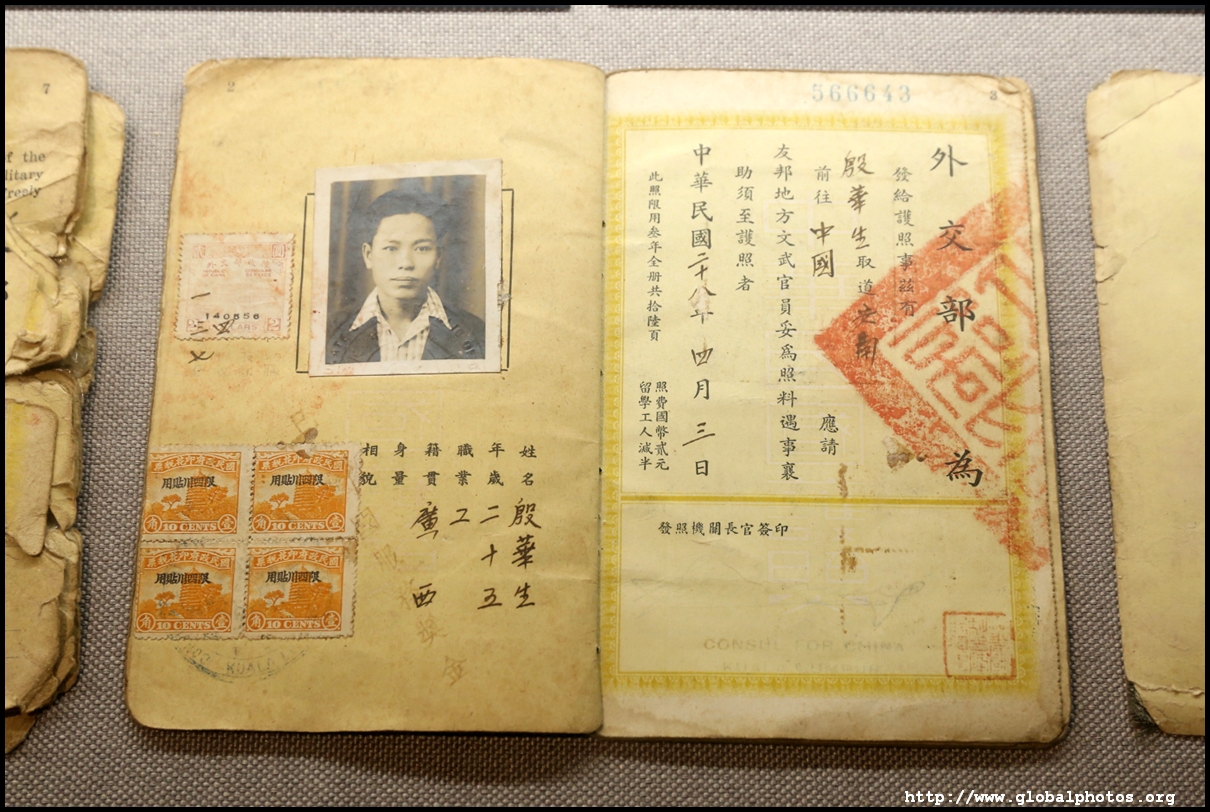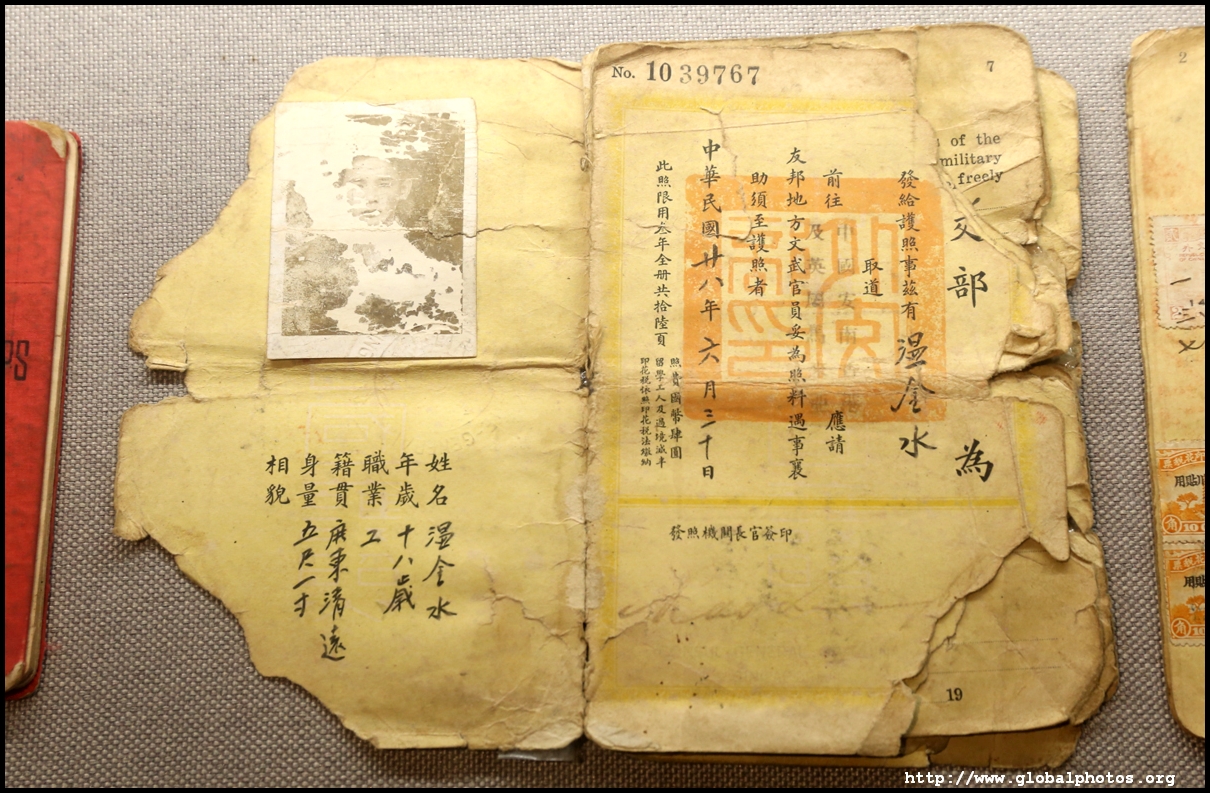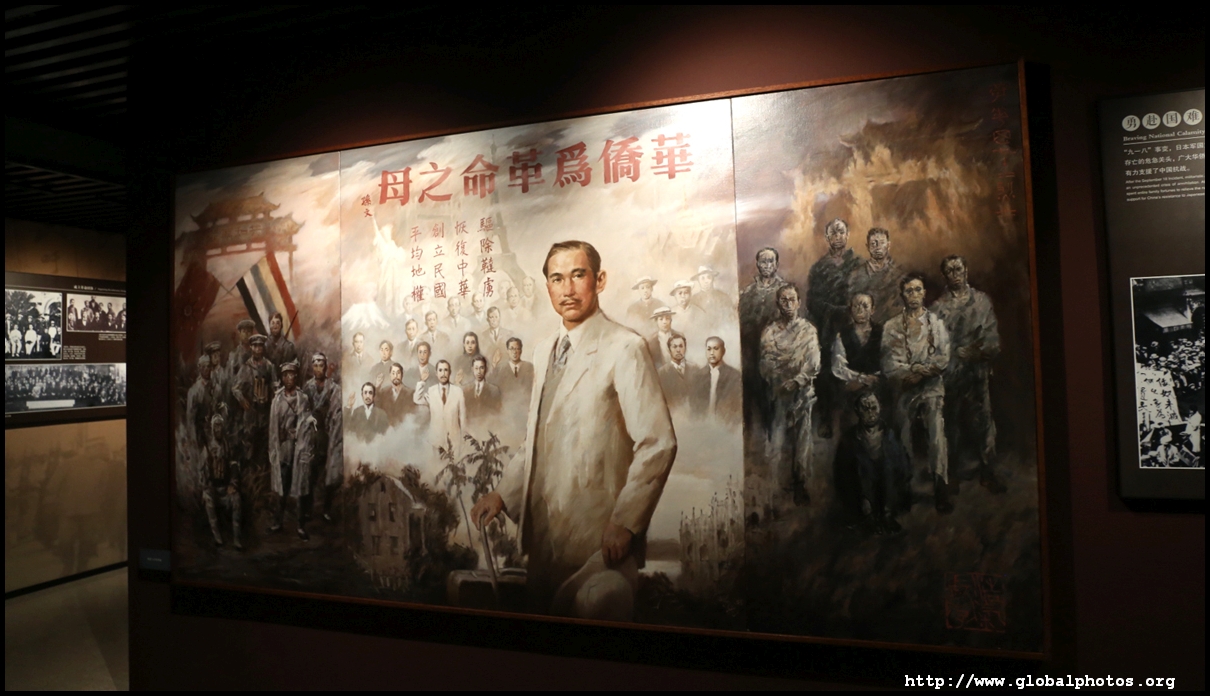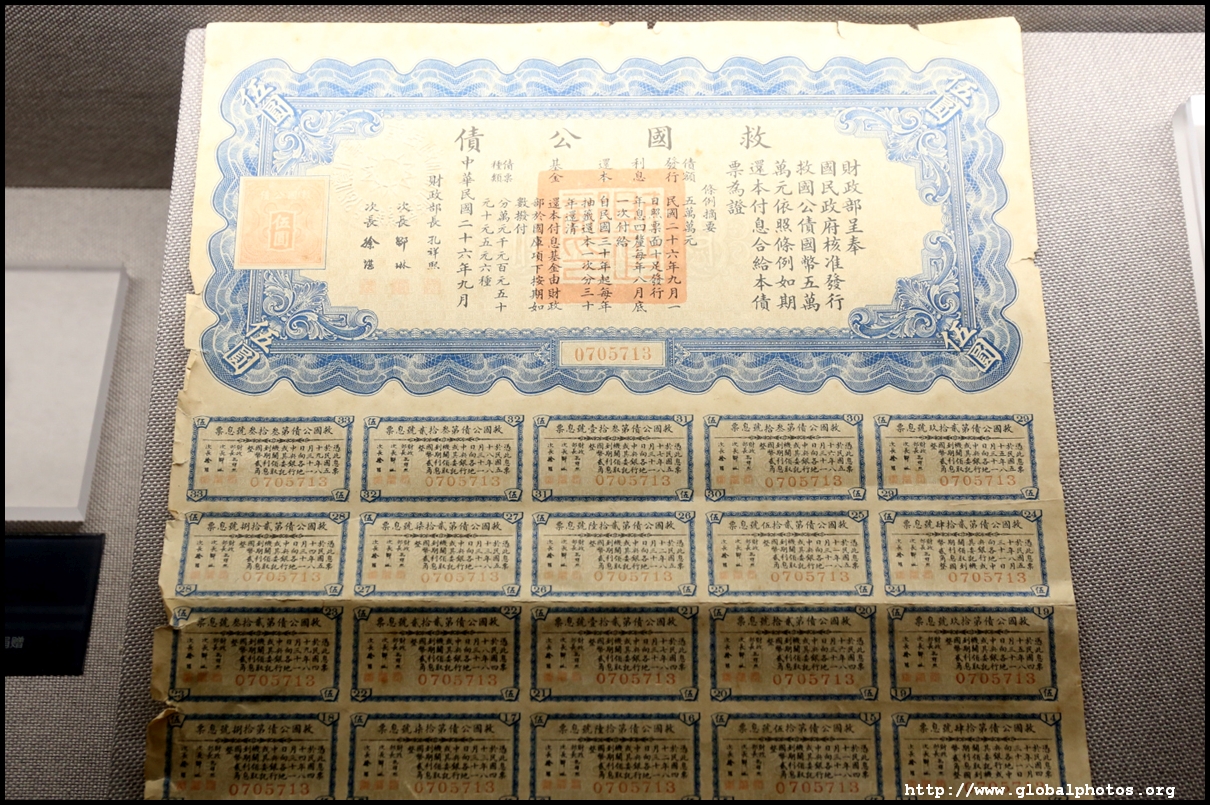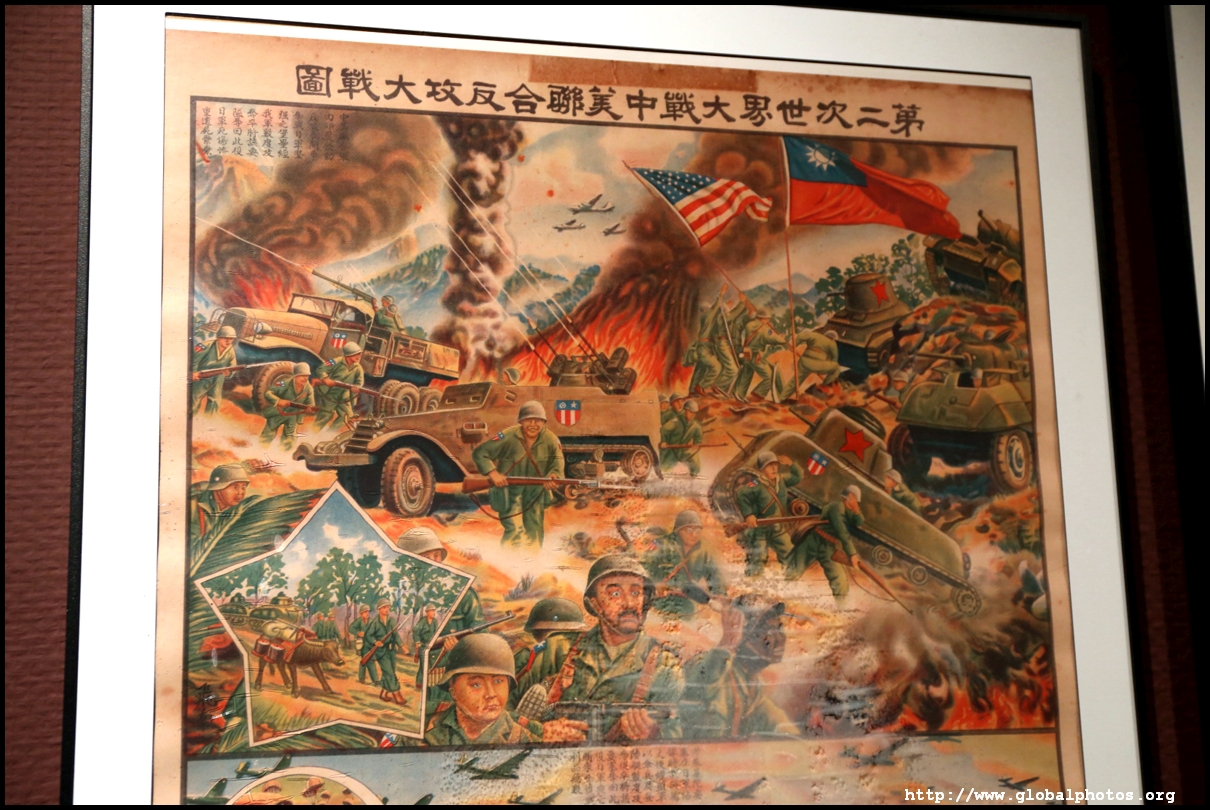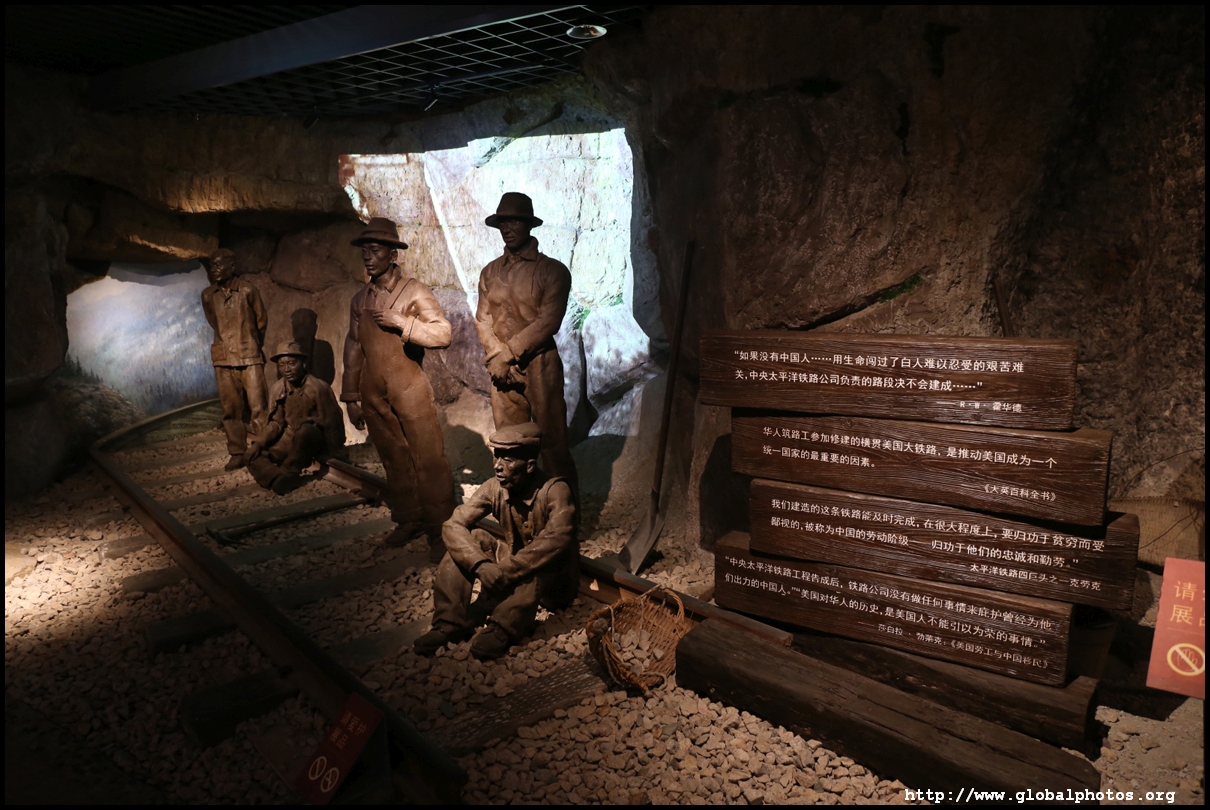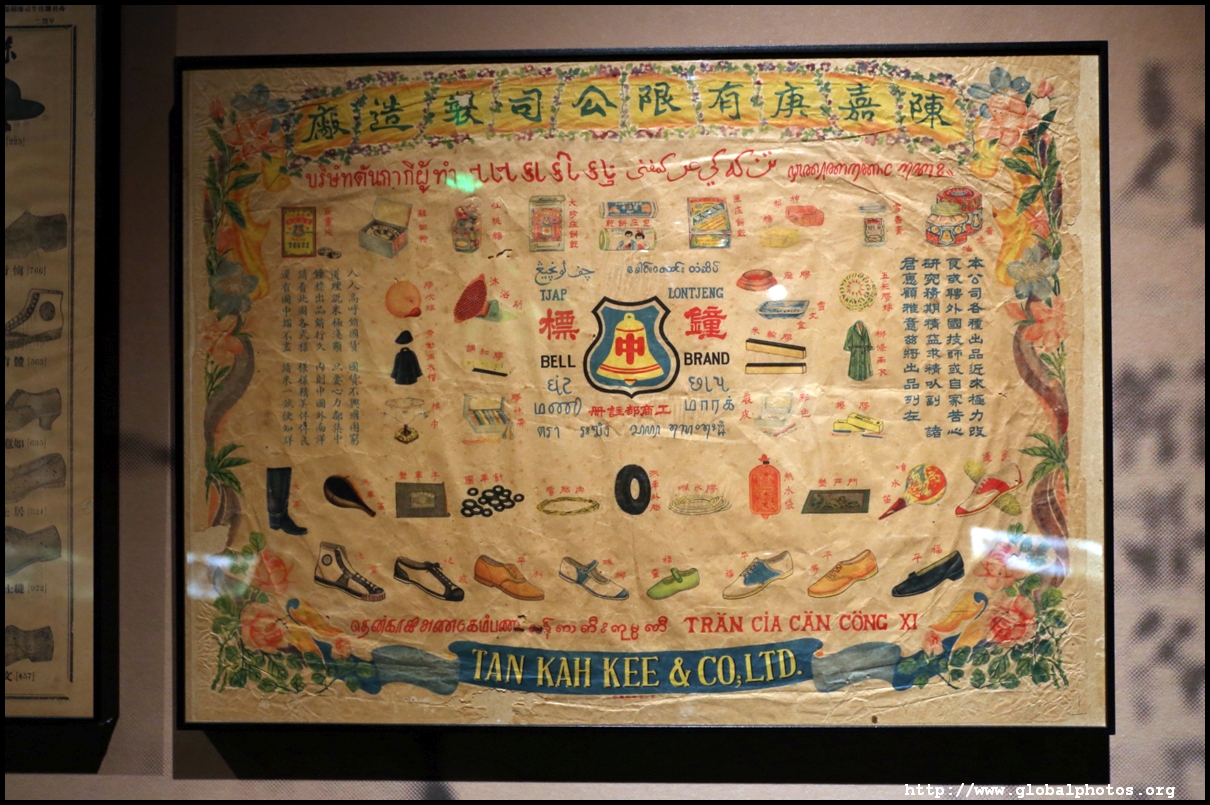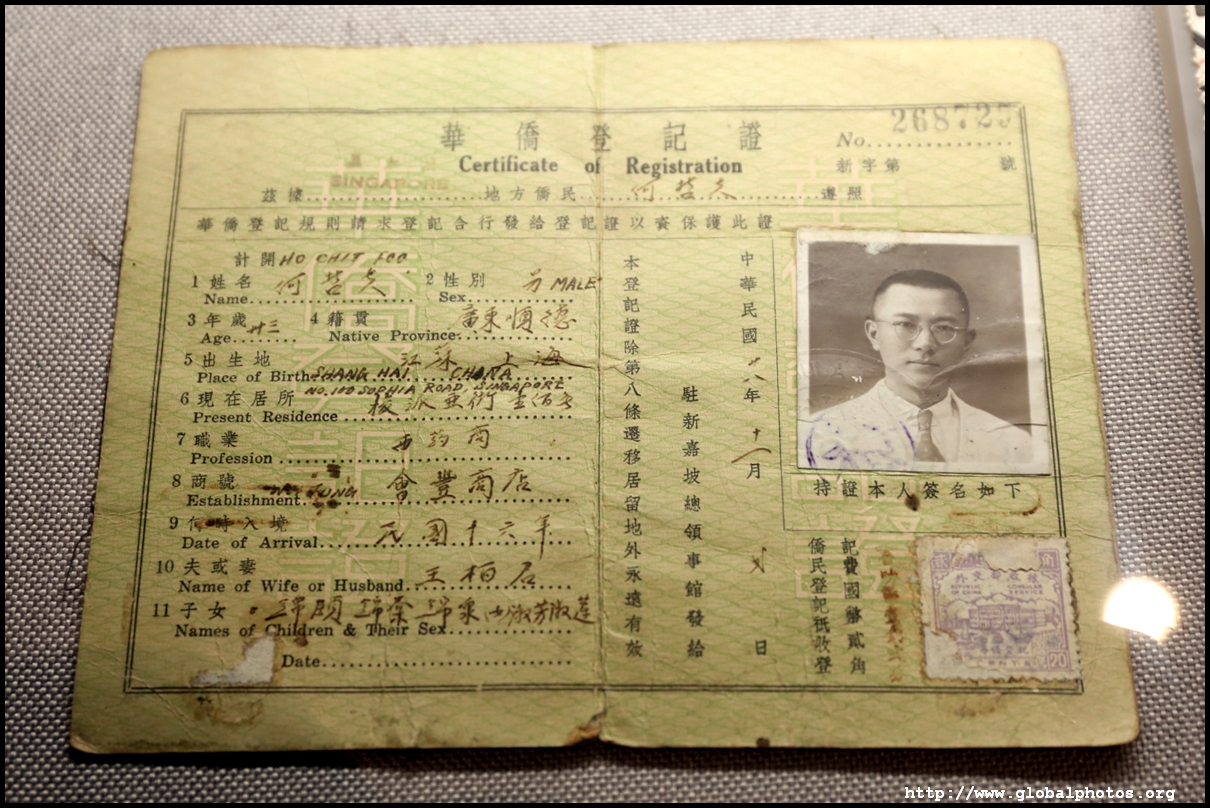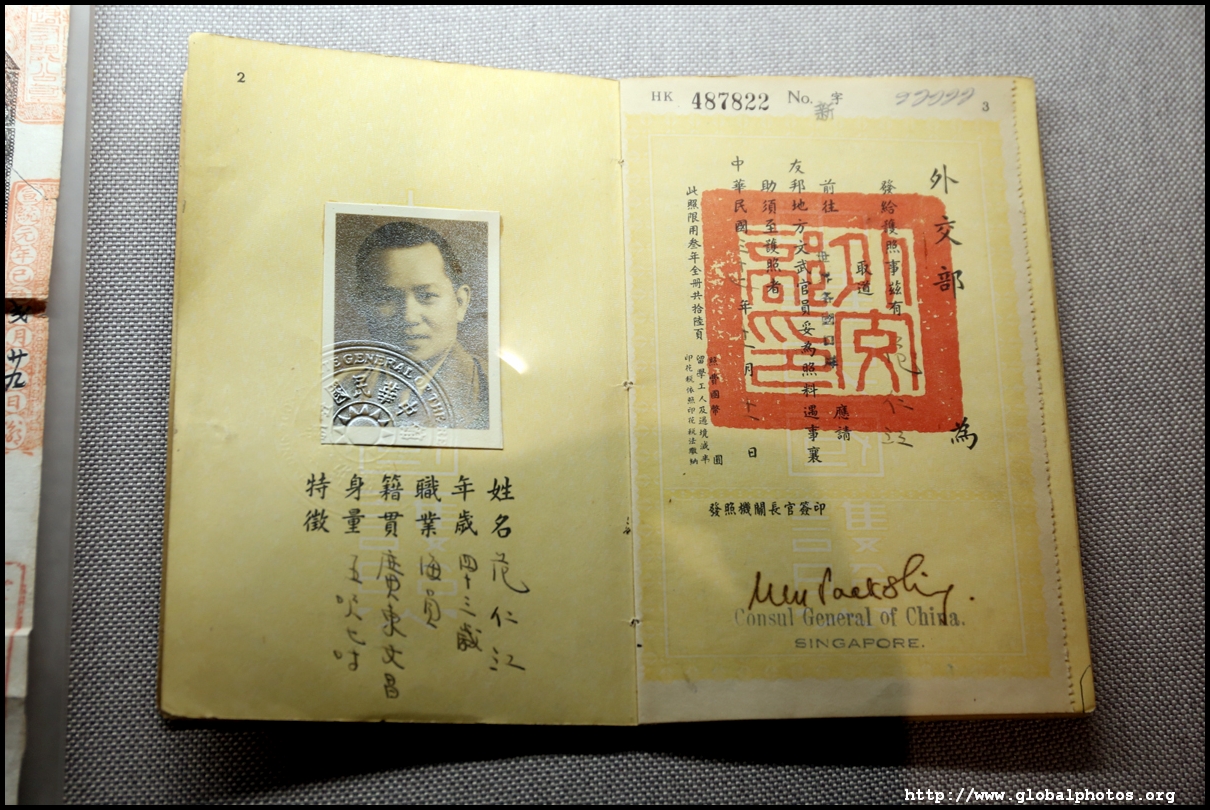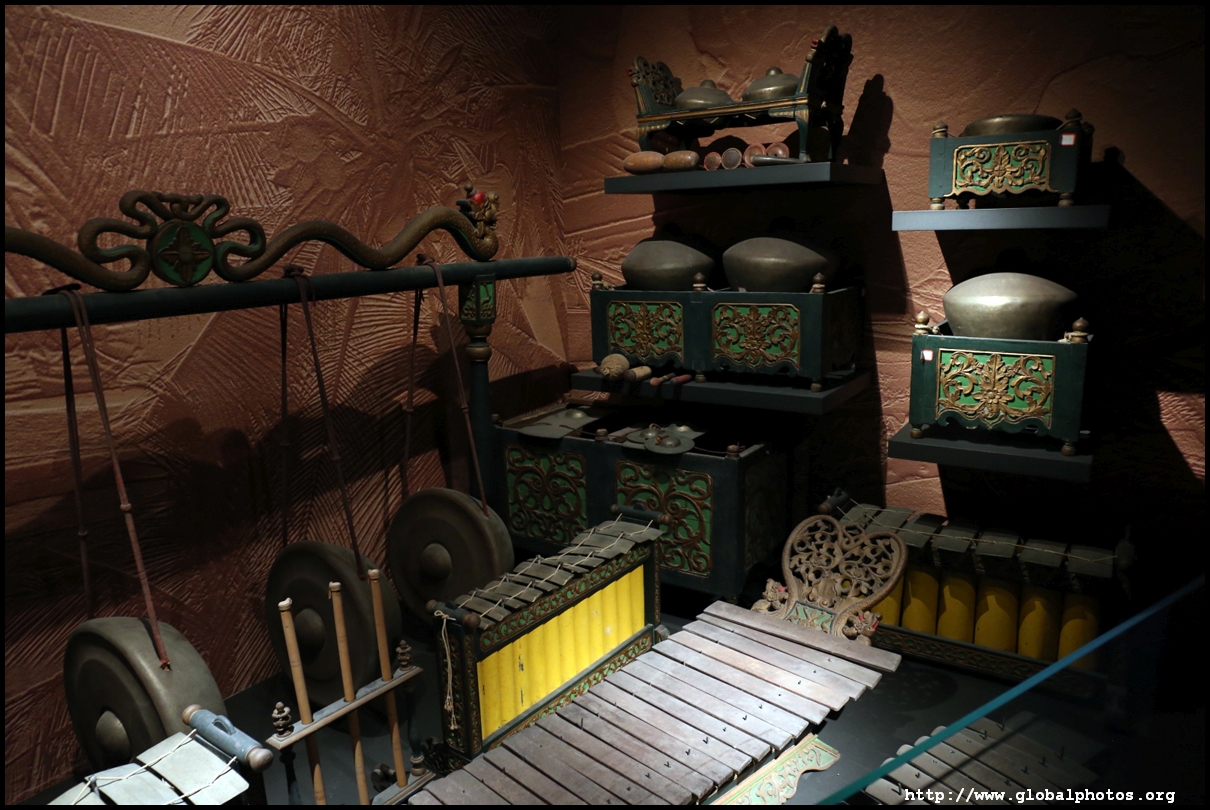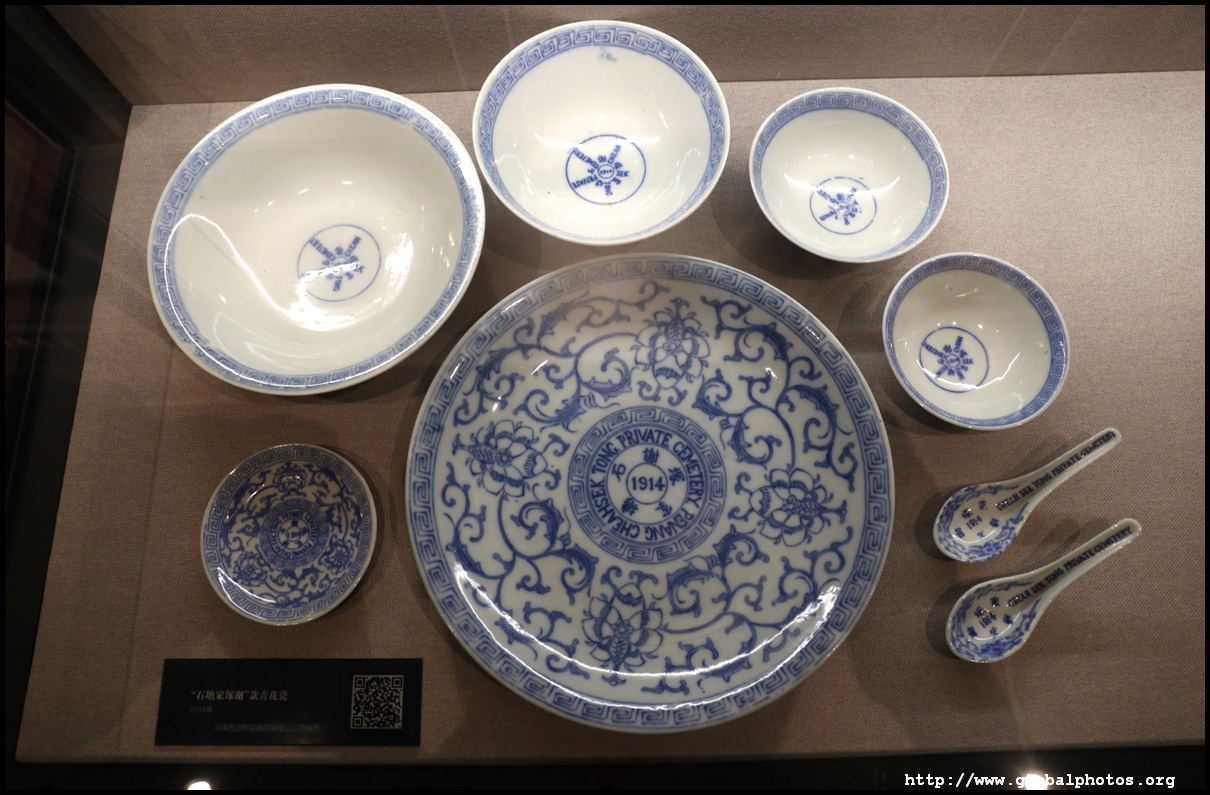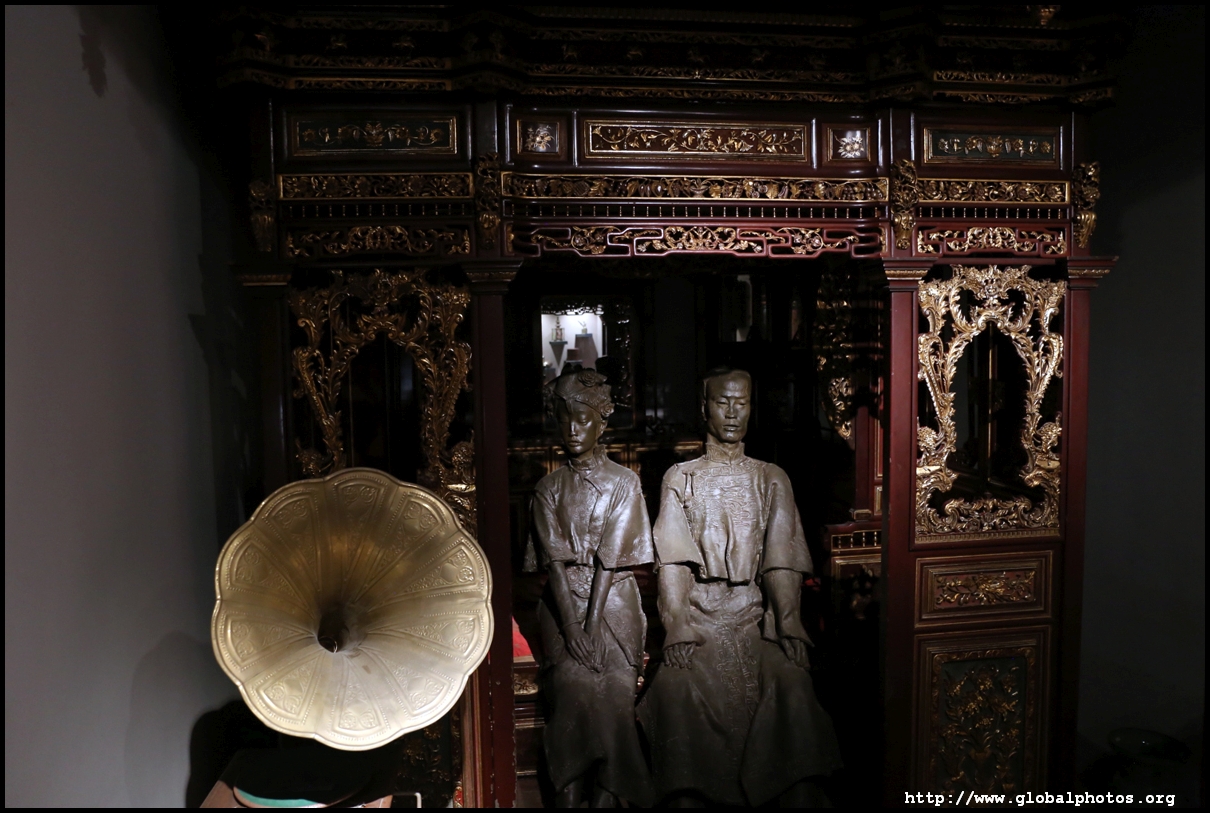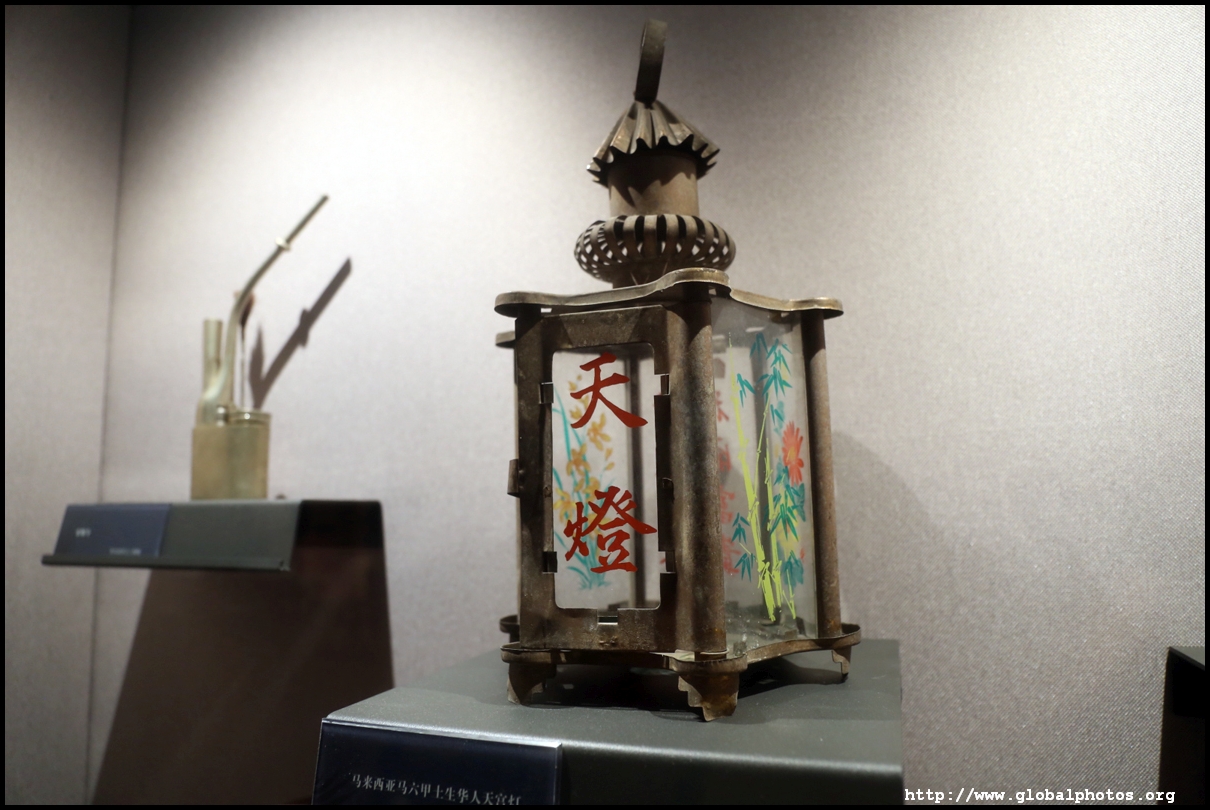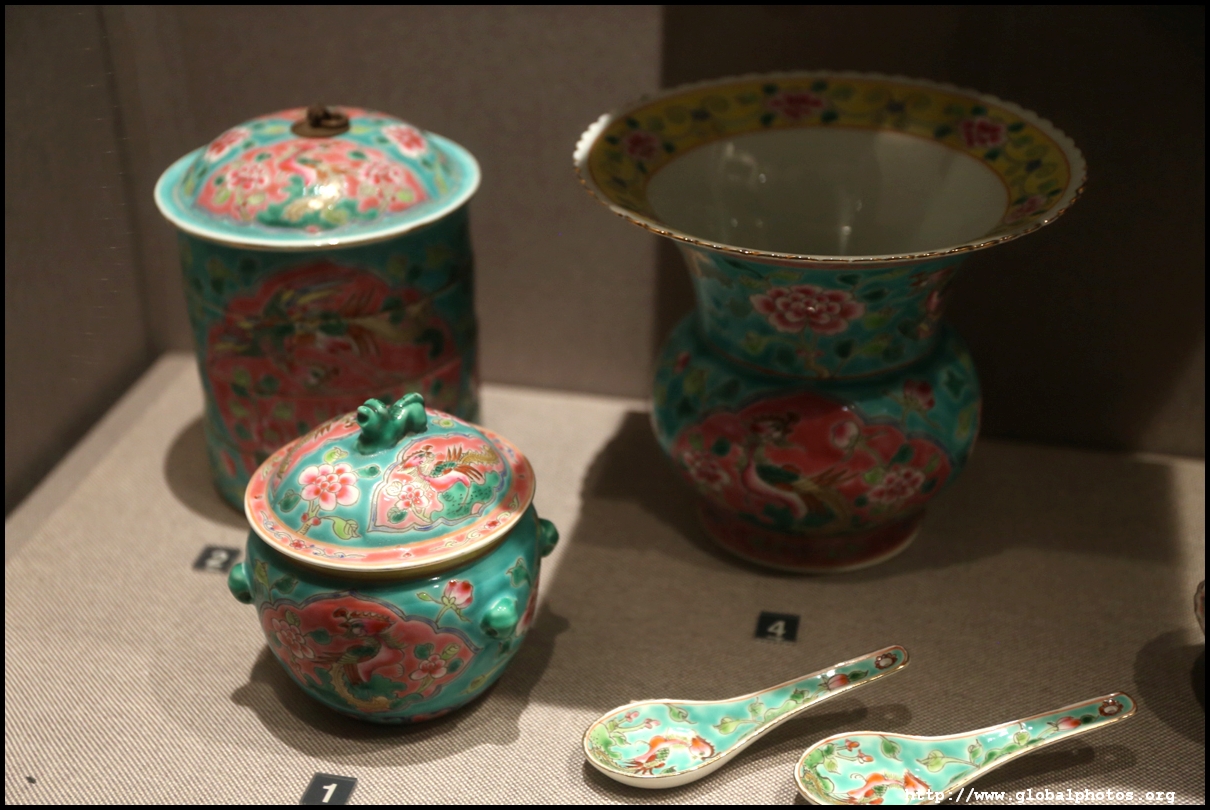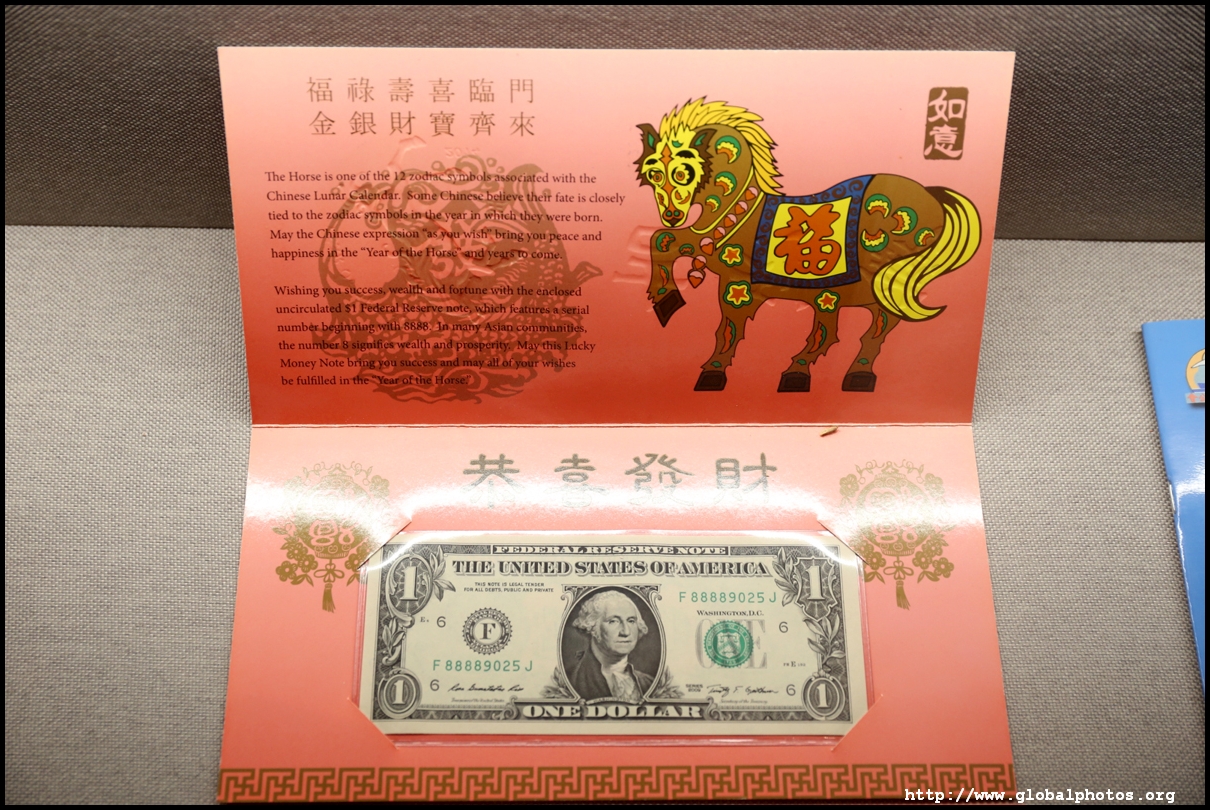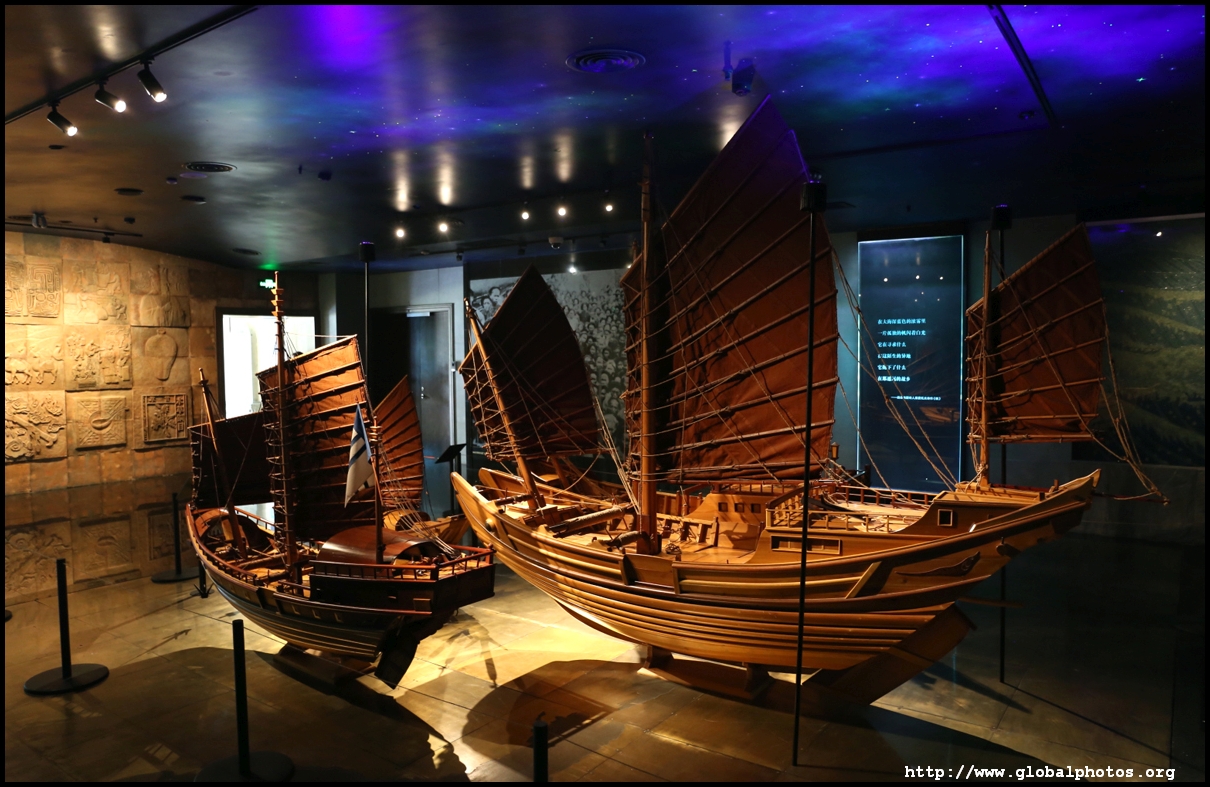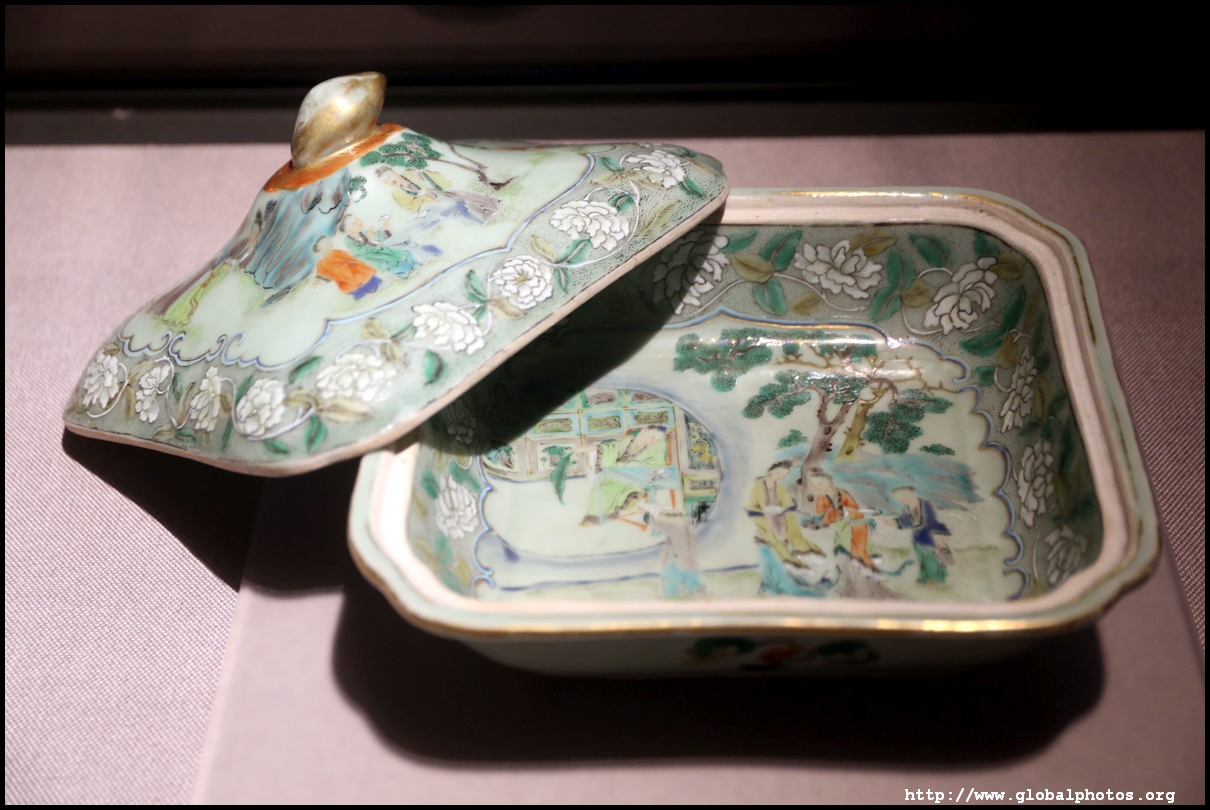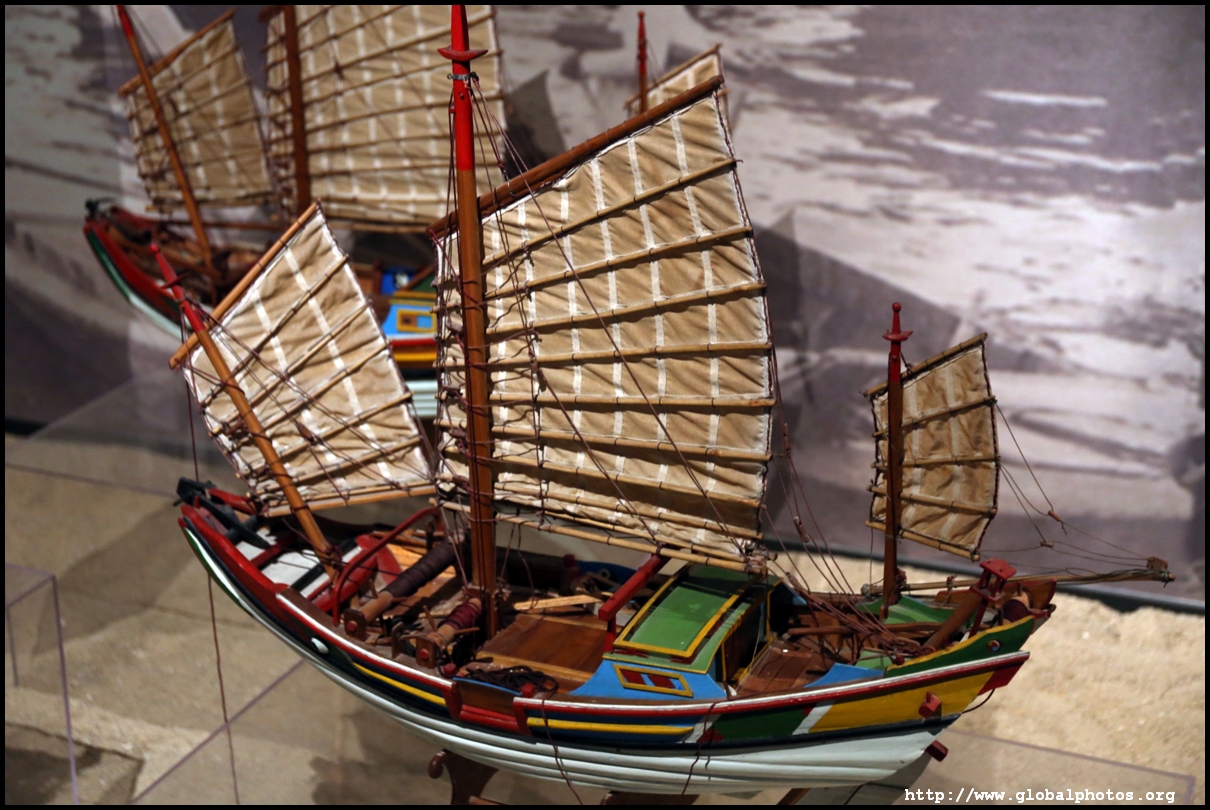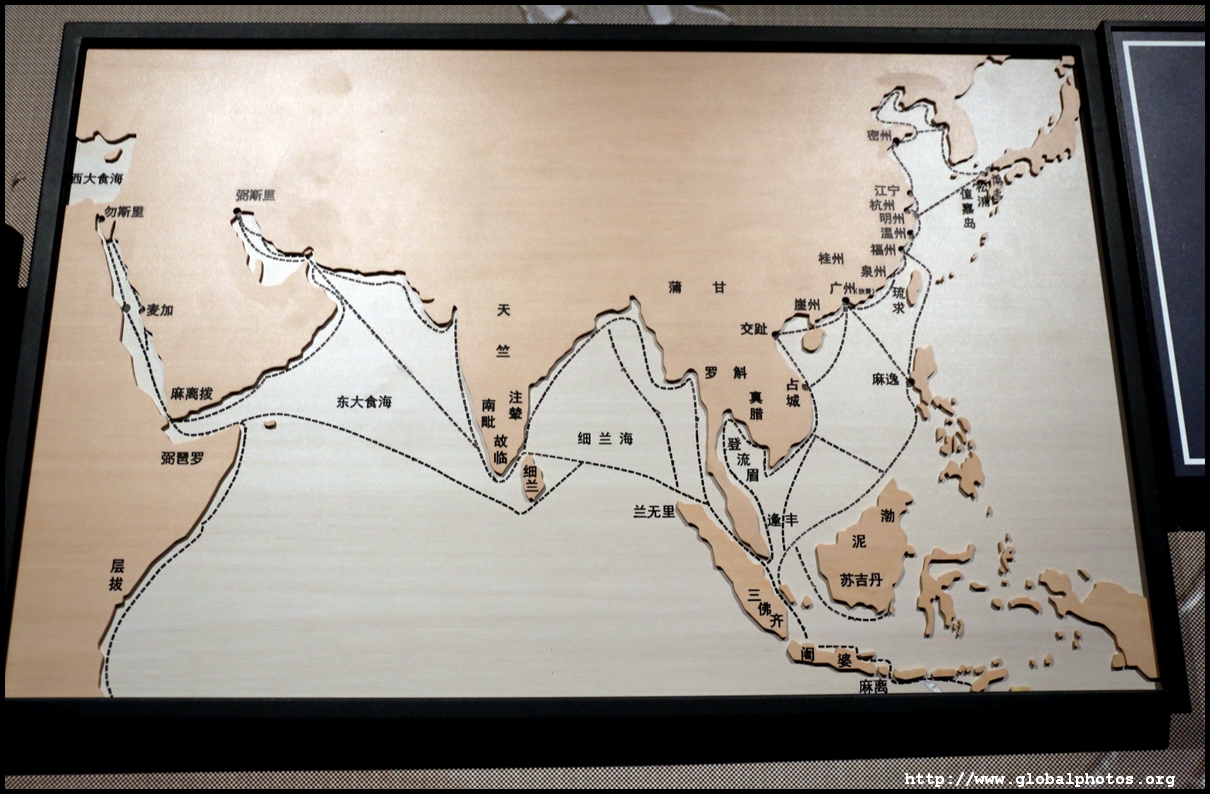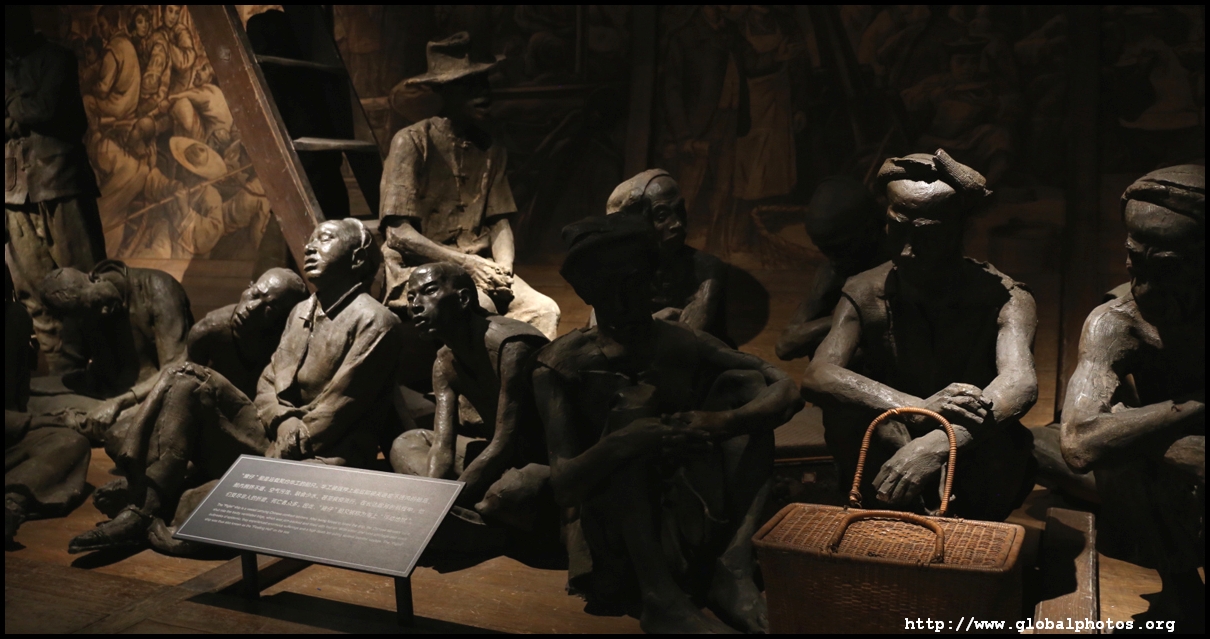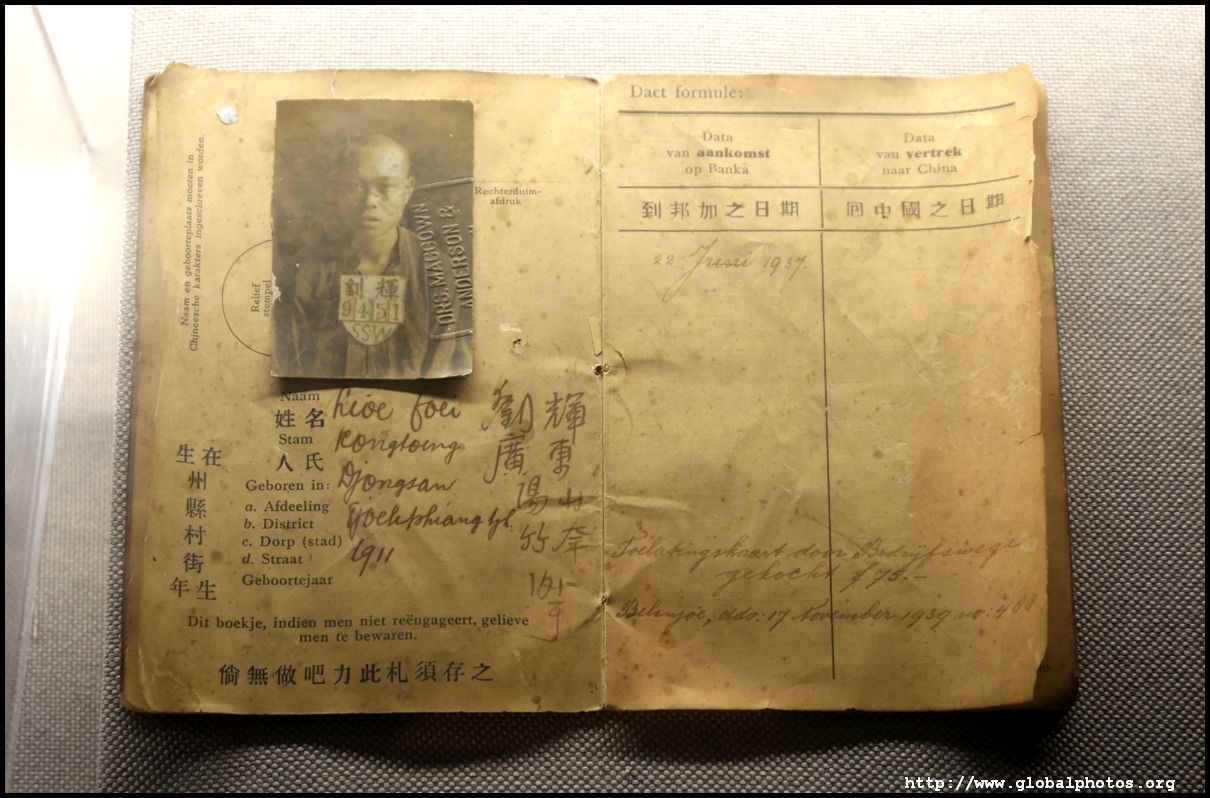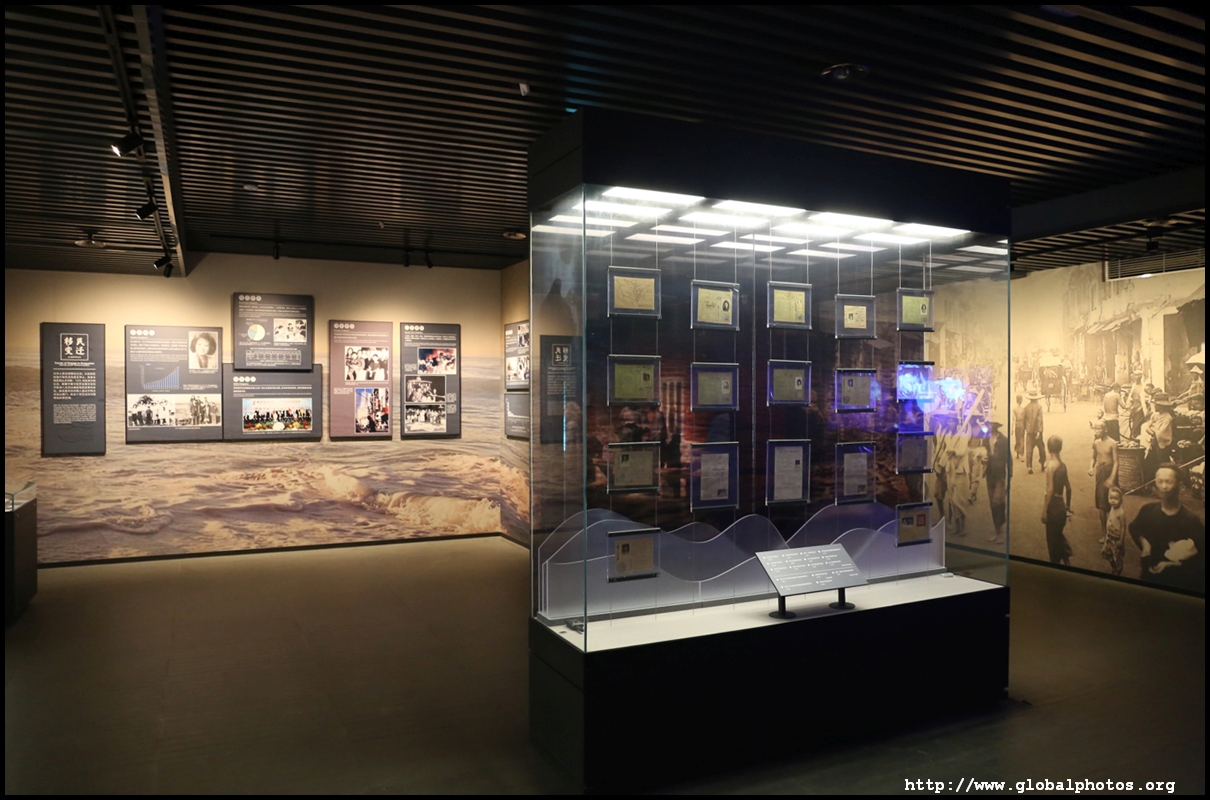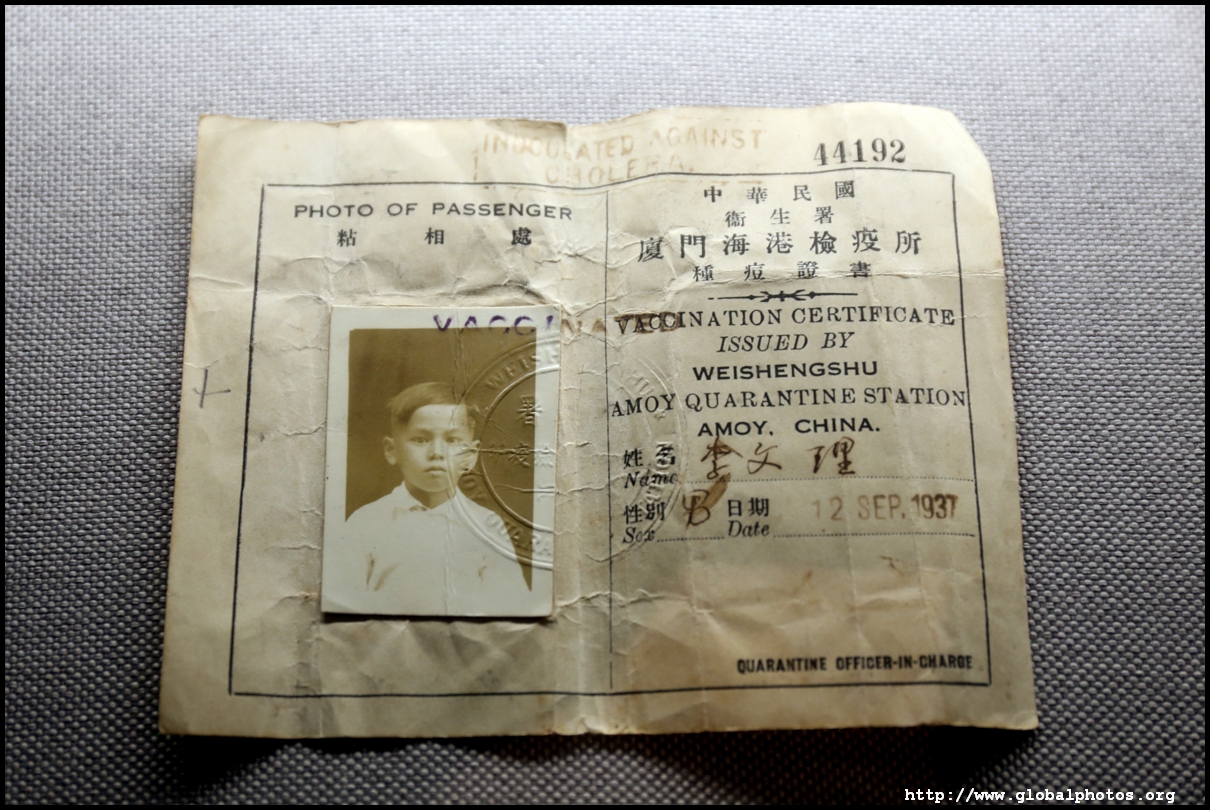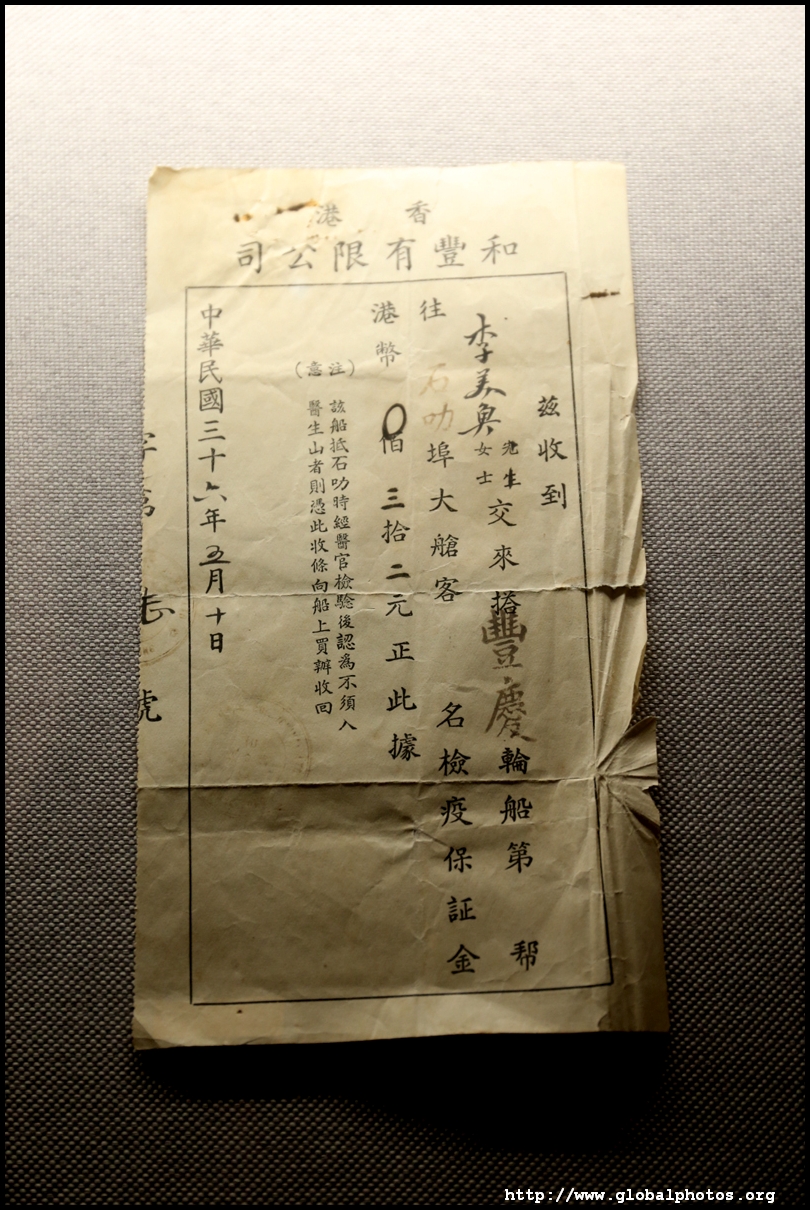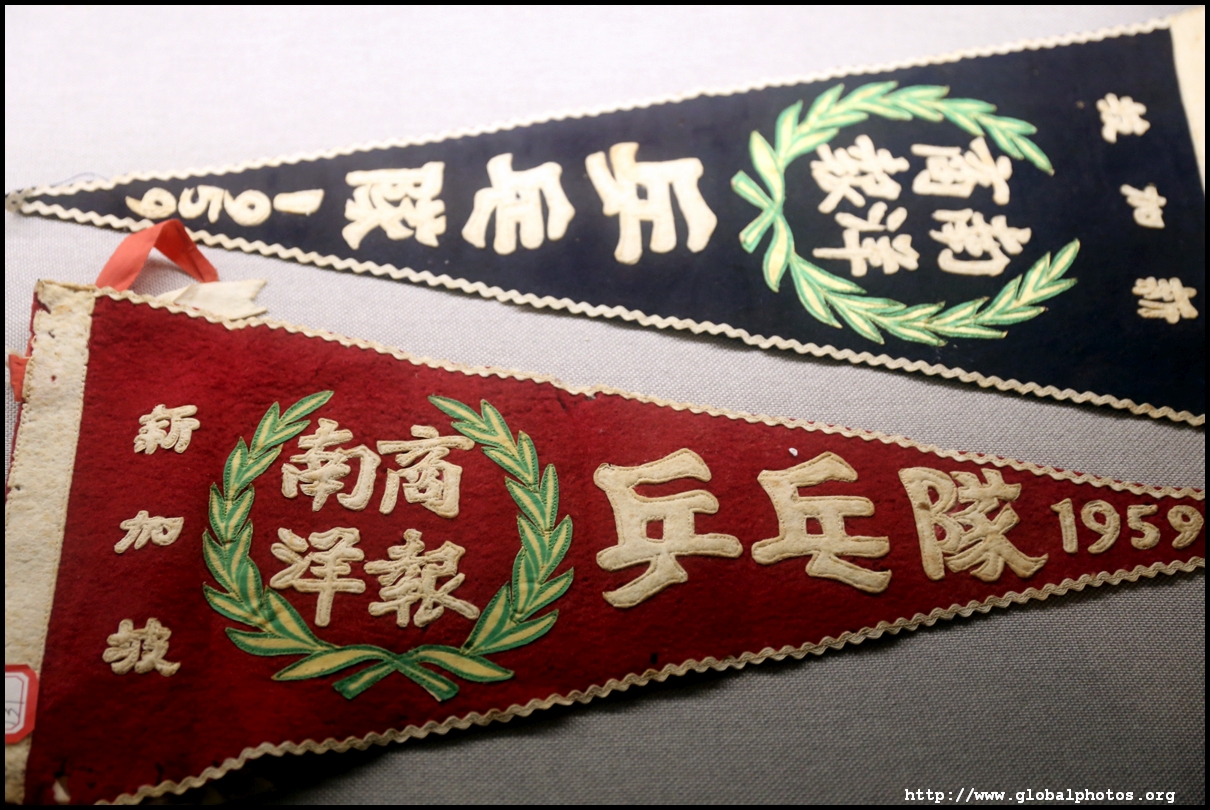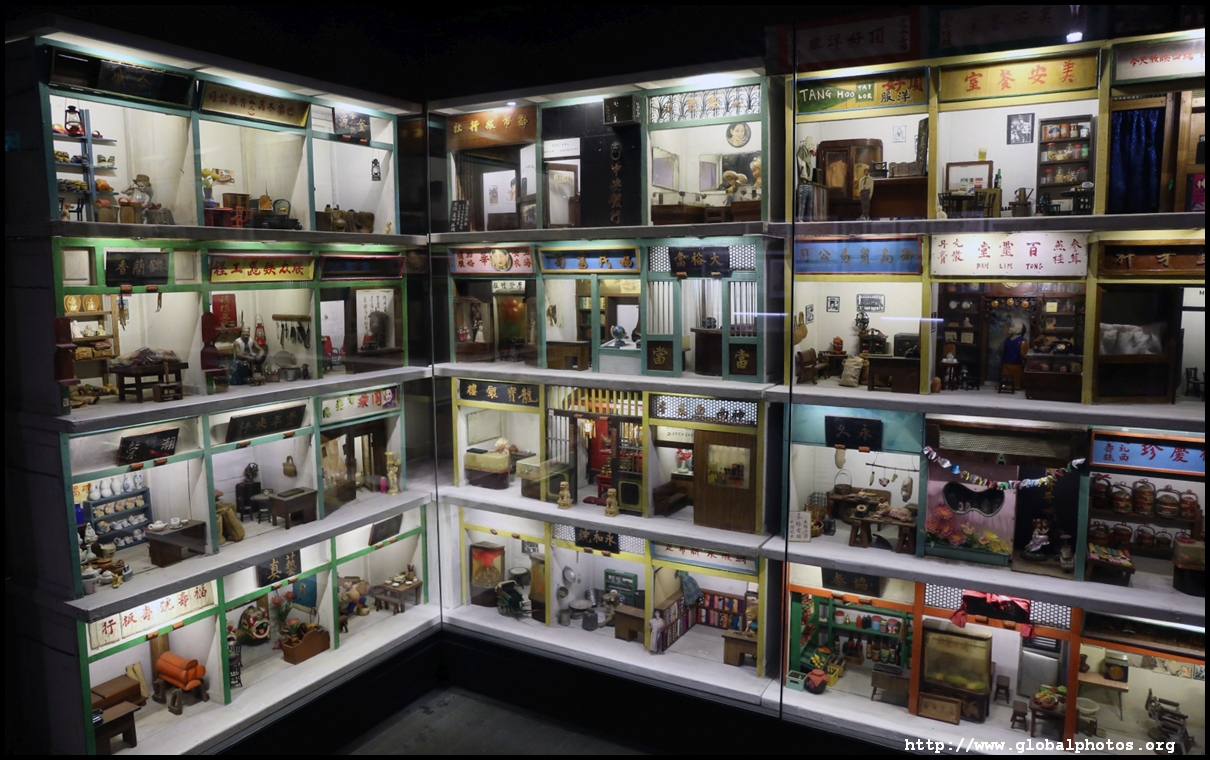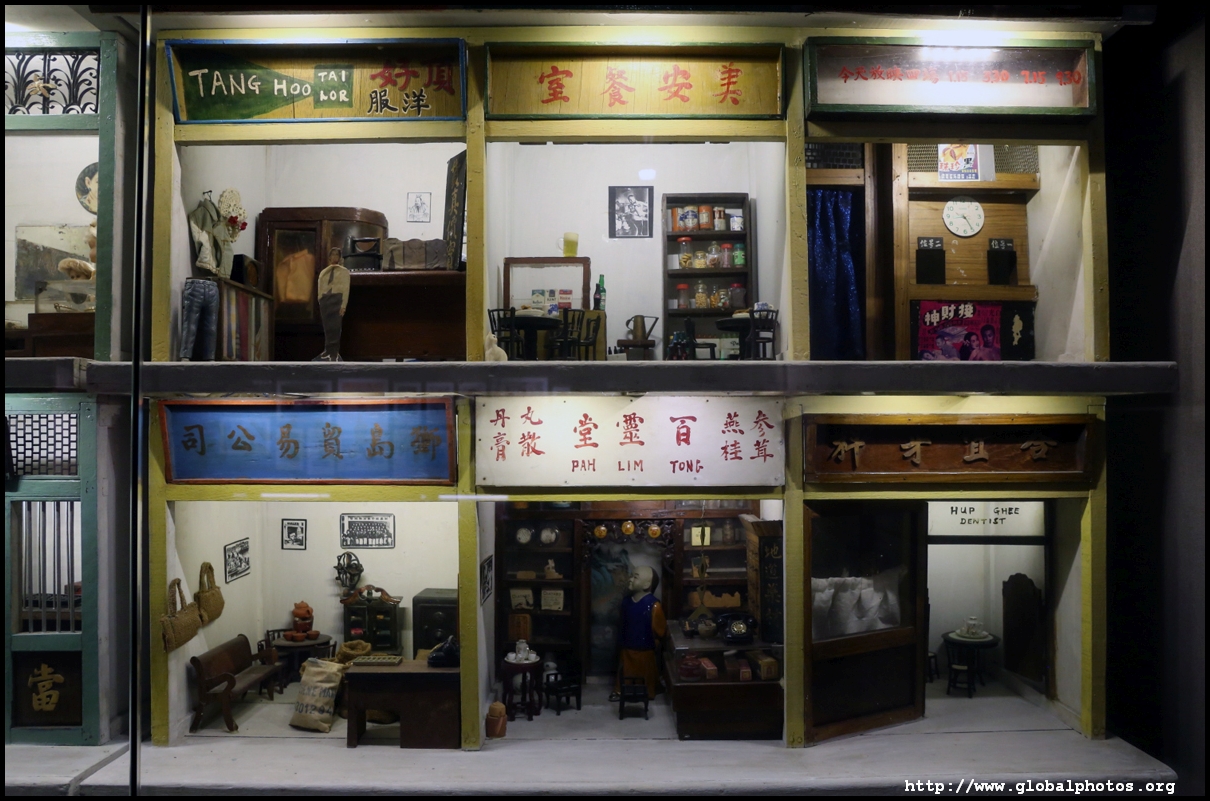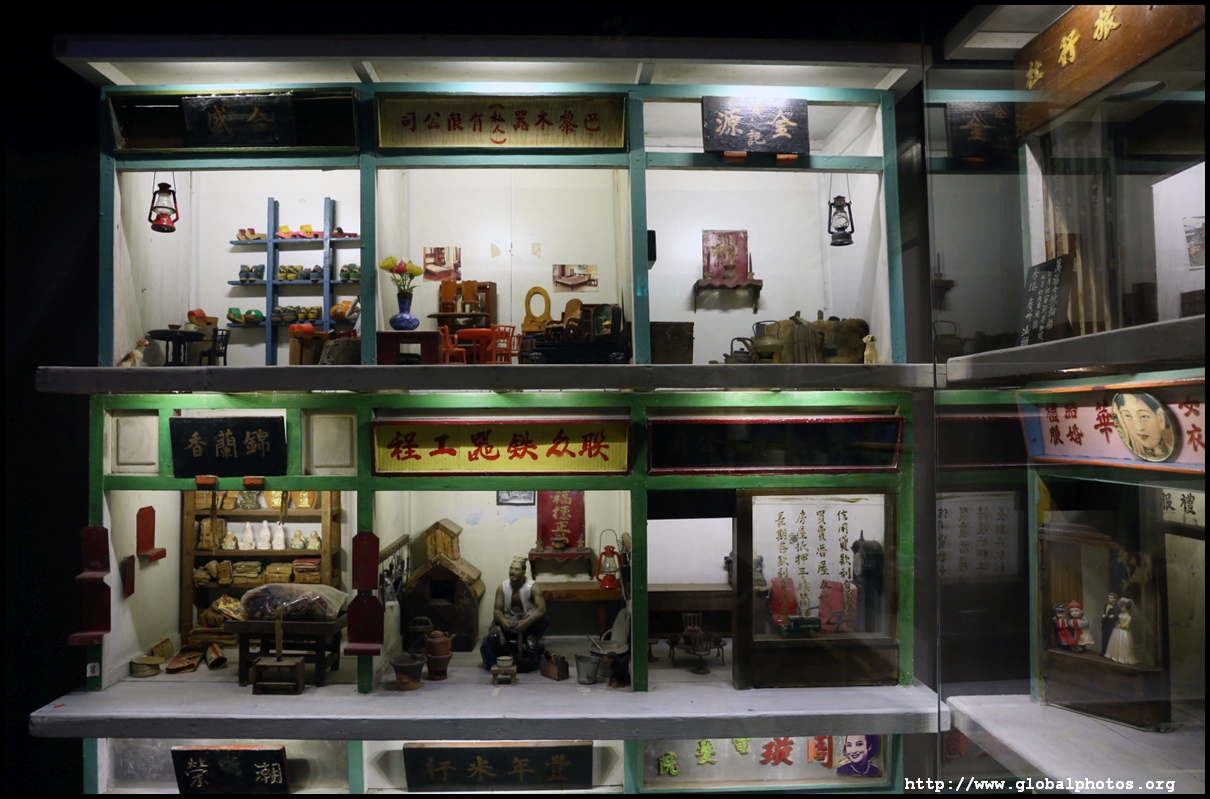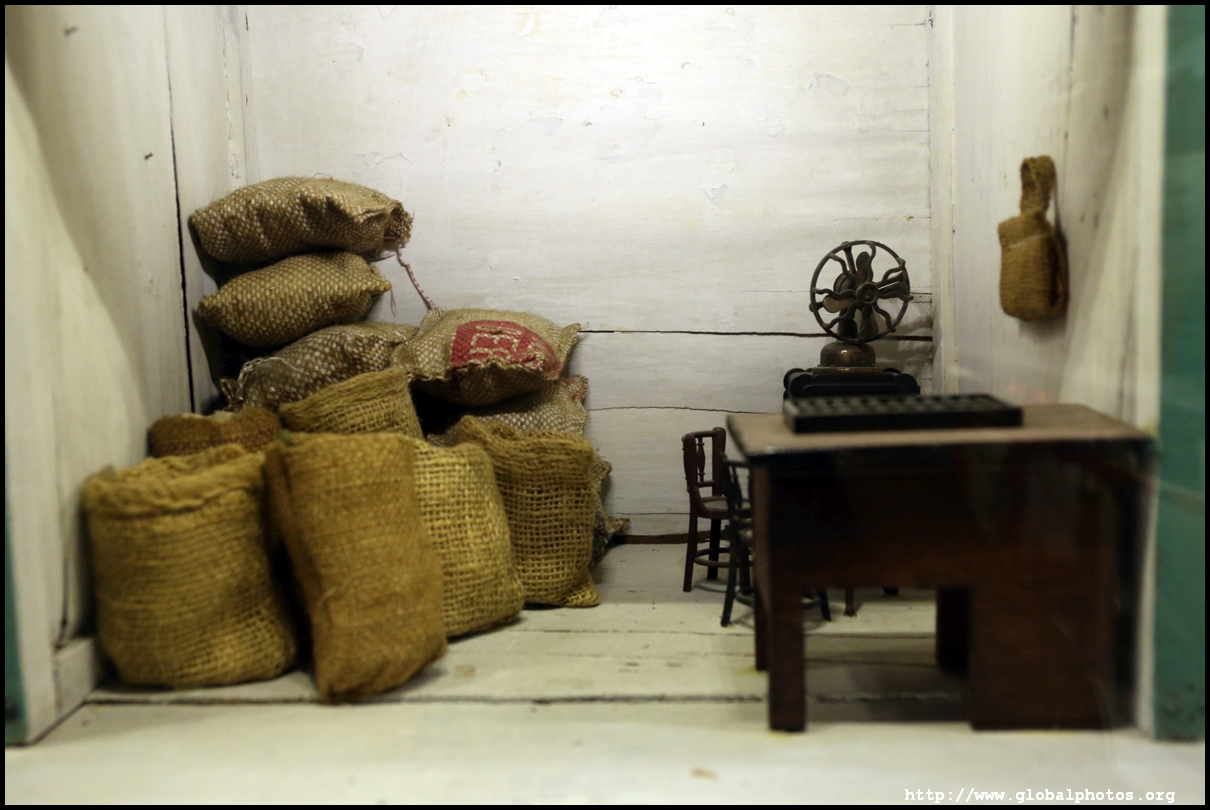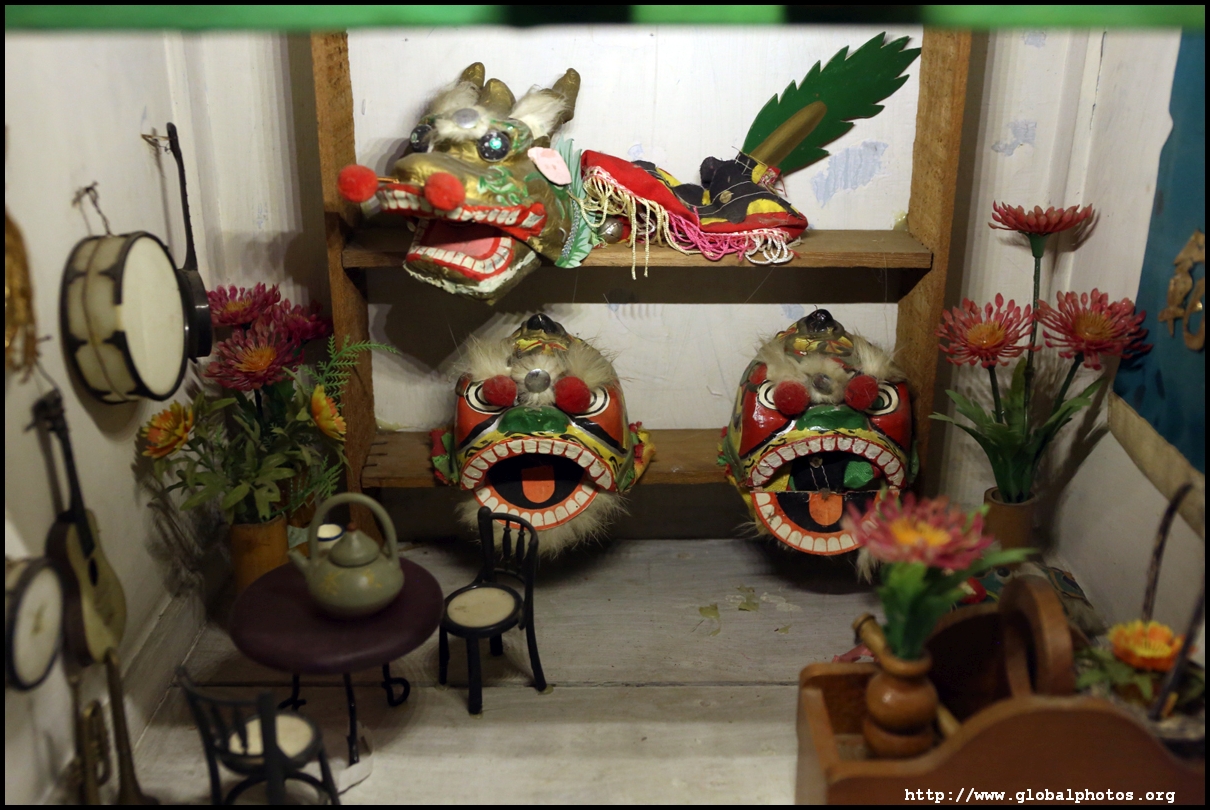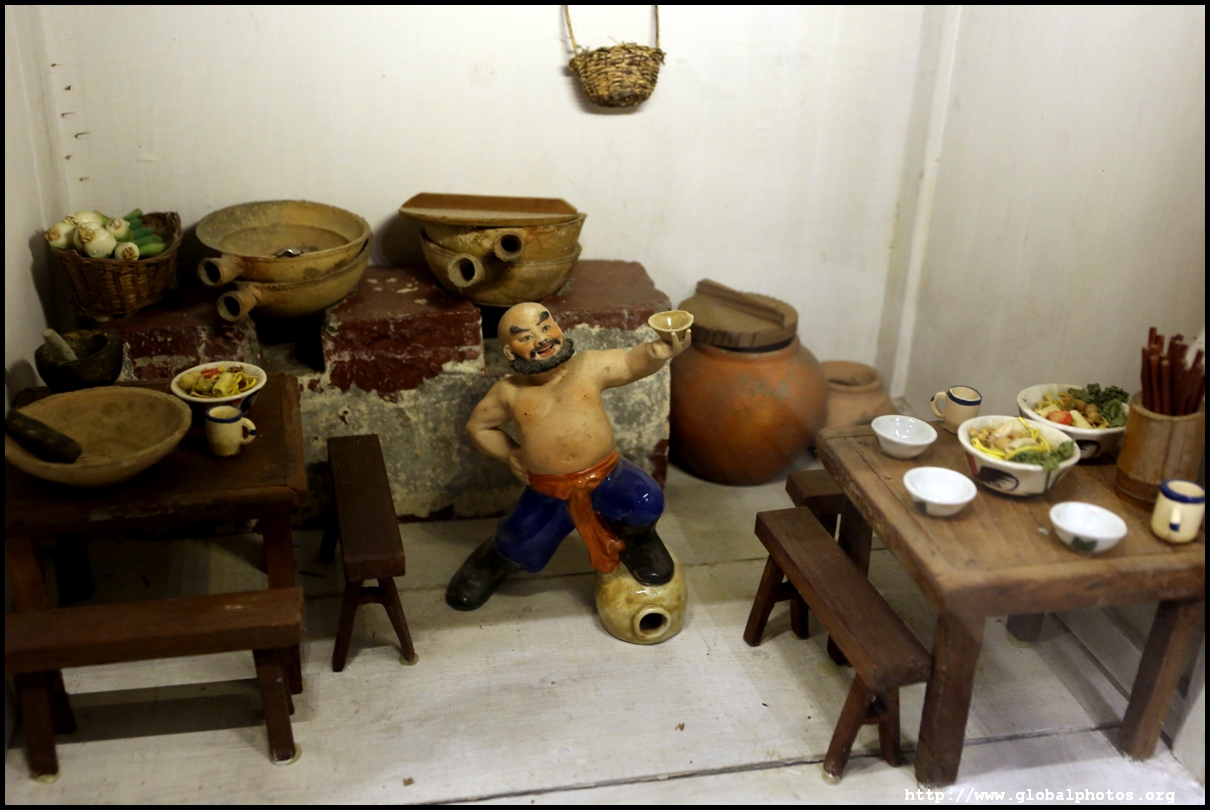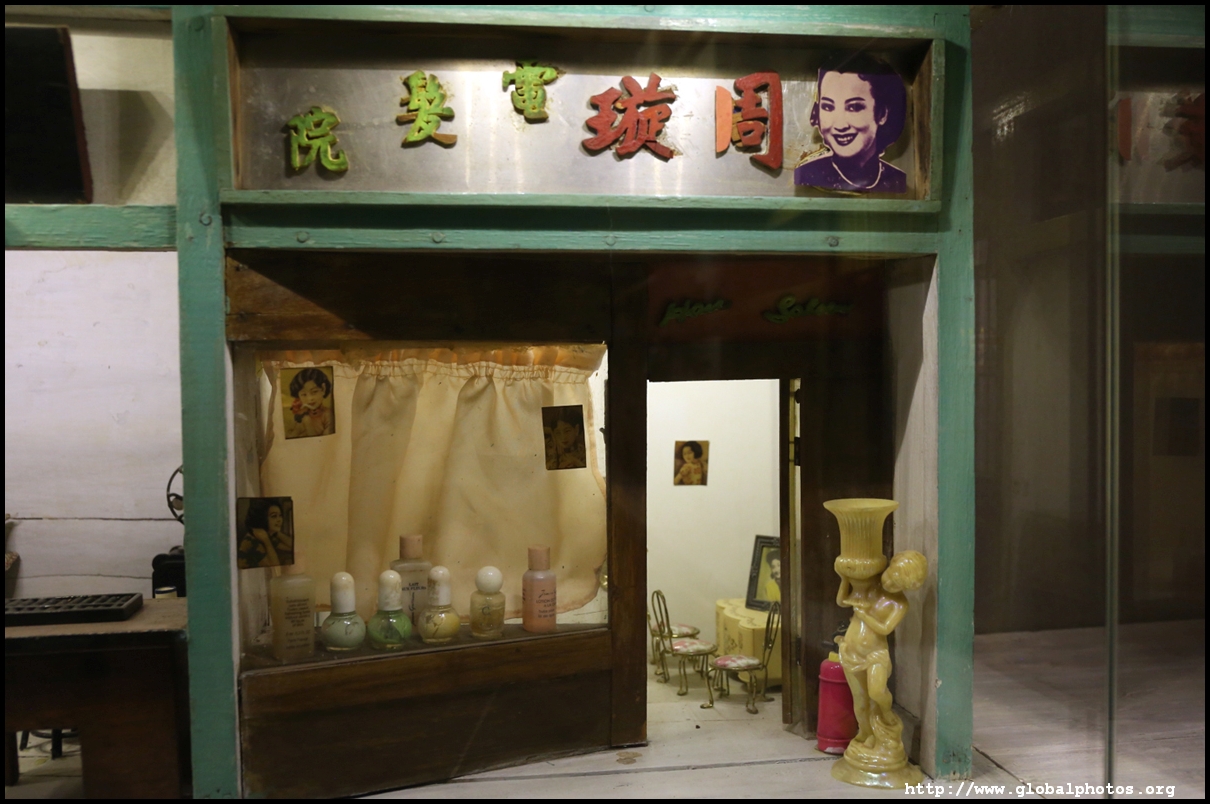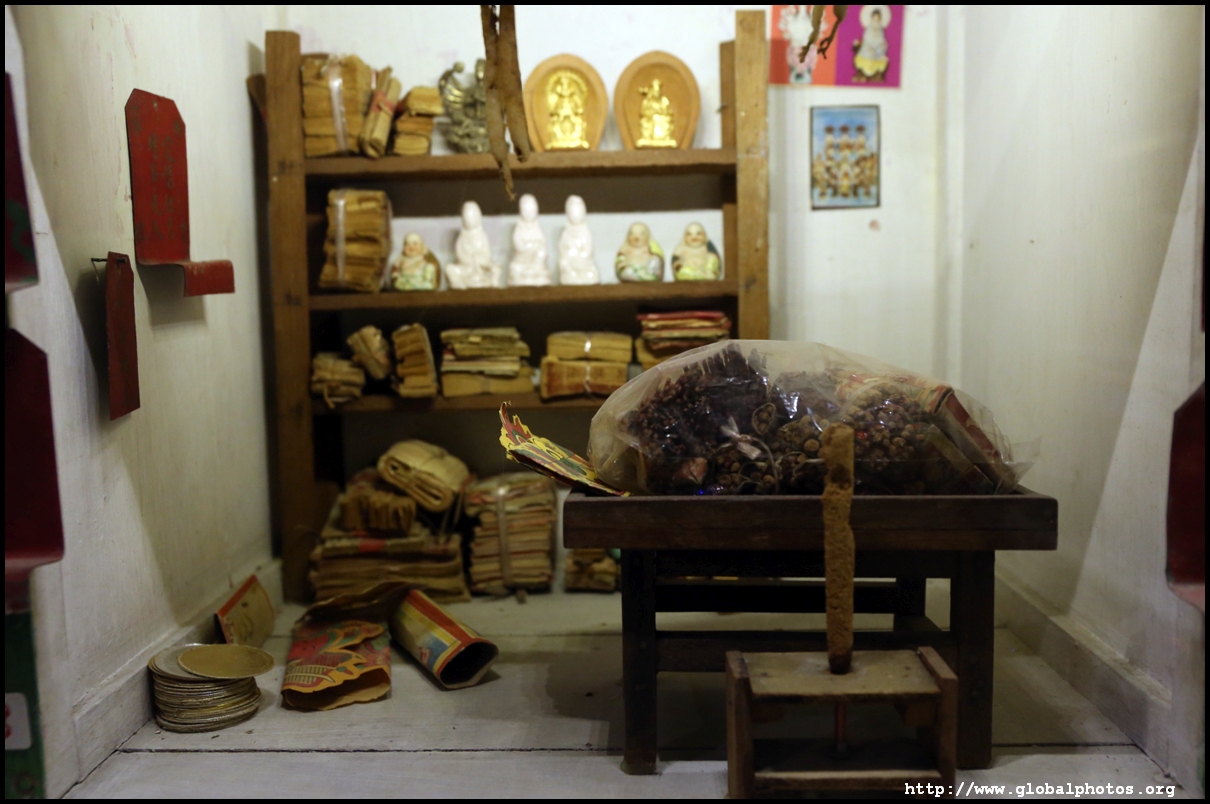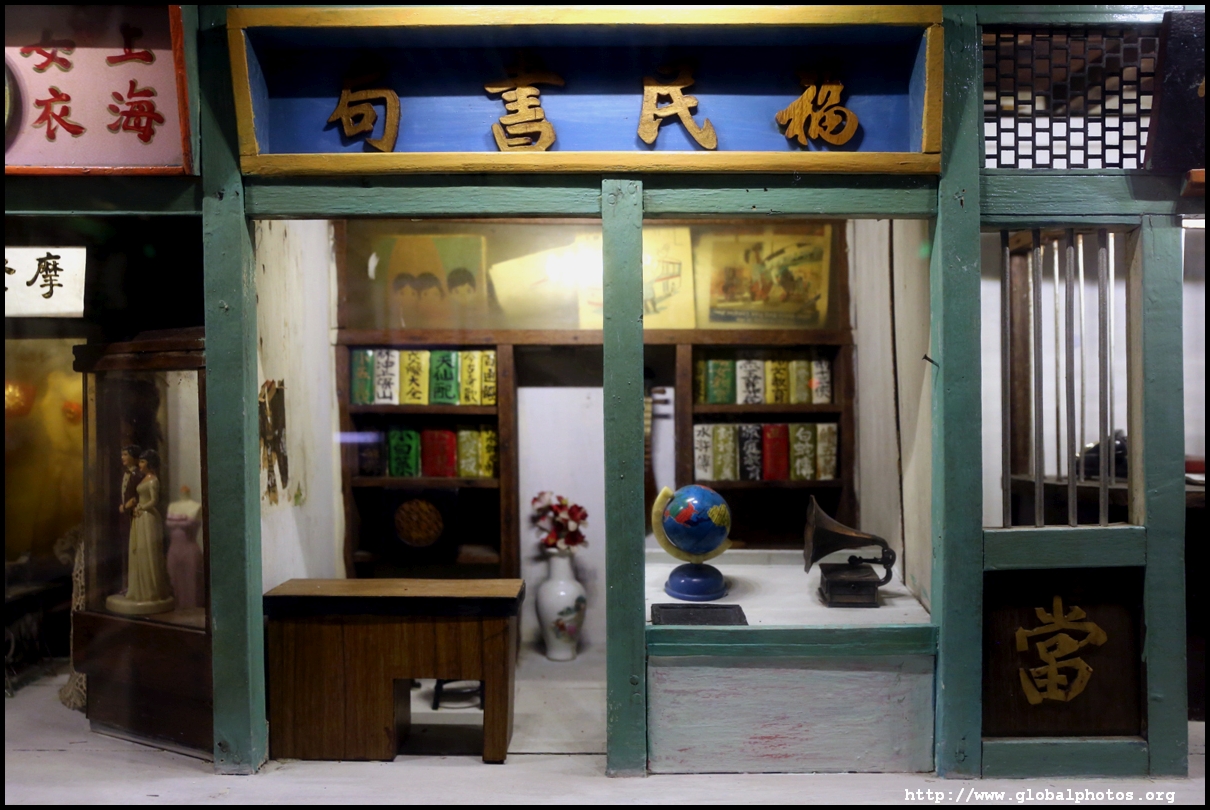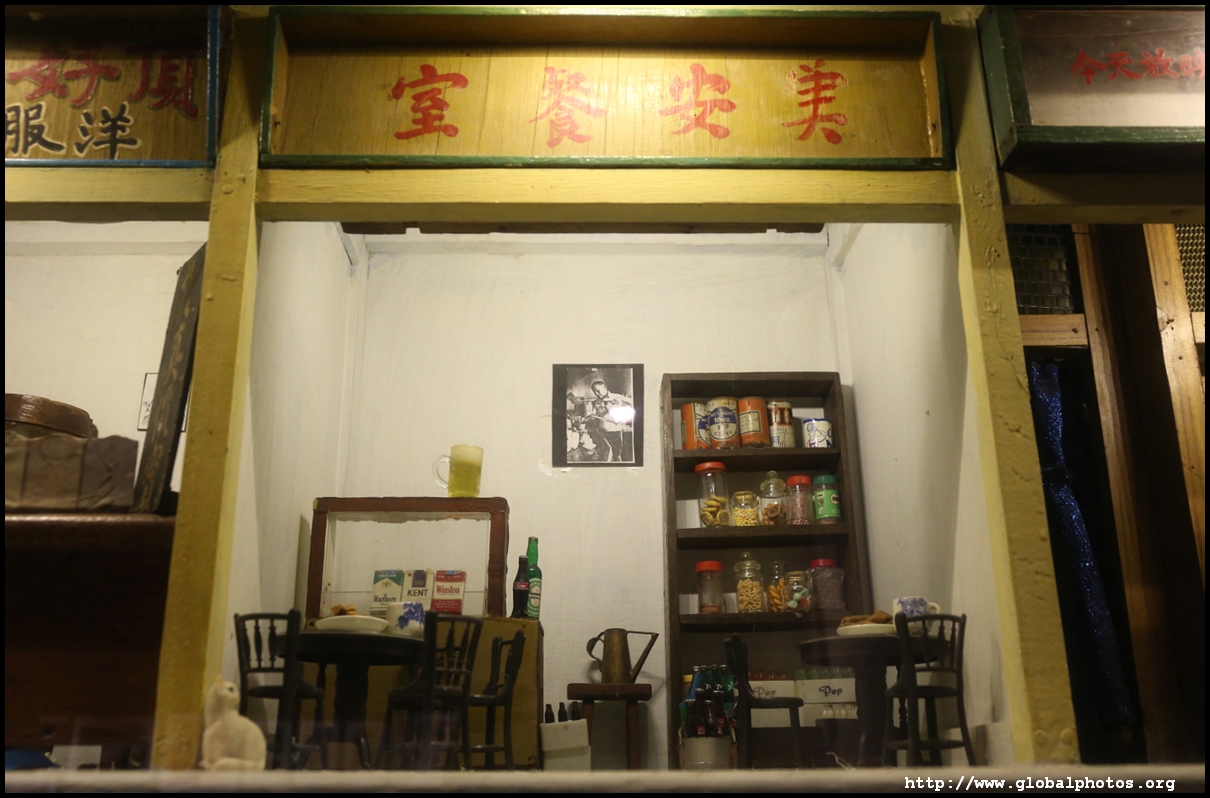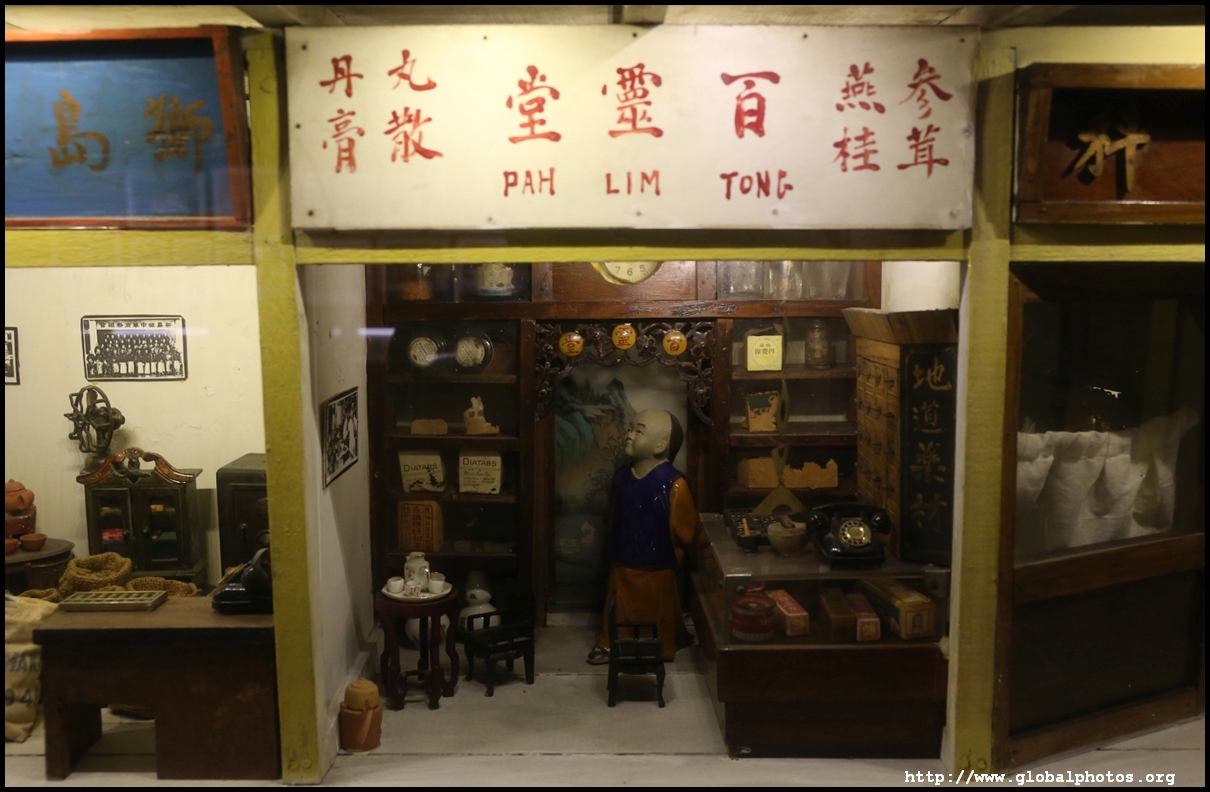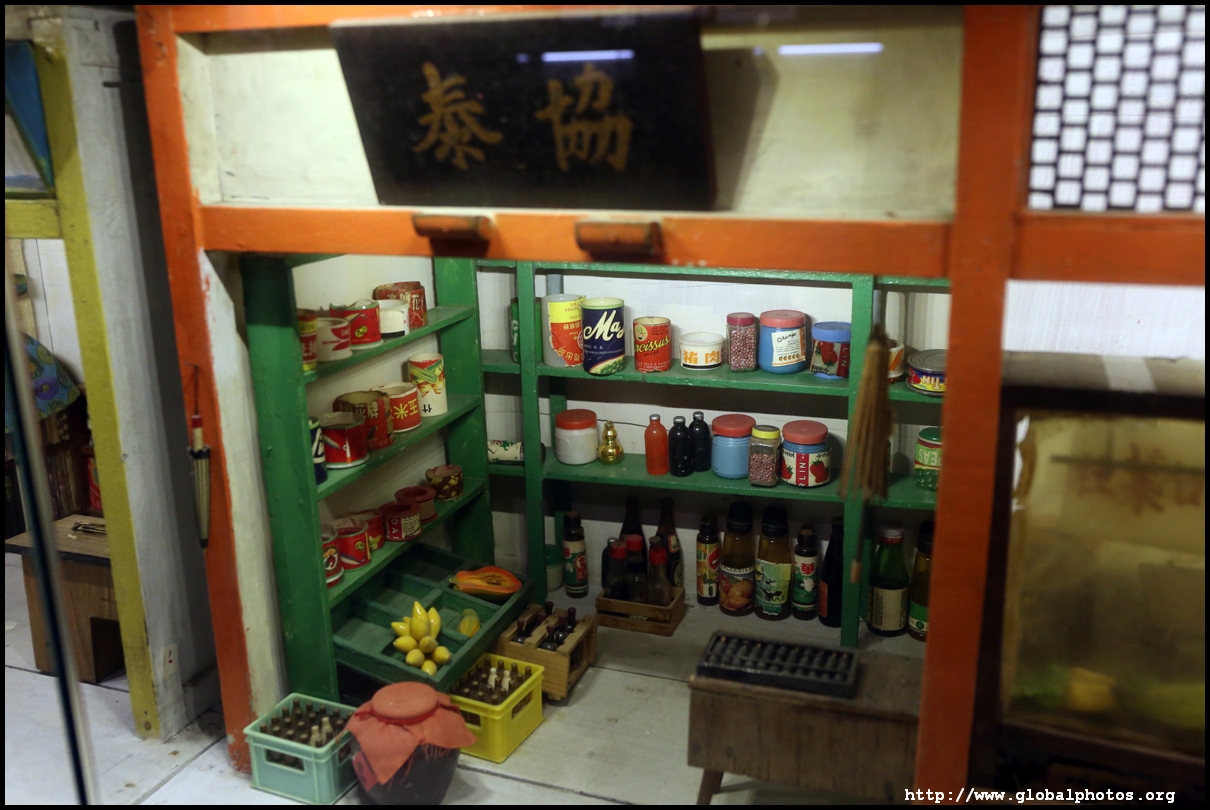Xiamen Photo Gallery - Overseas Chinese Museum

Much of China's immigration waves during the late Qing Dynasty came from the southern coast such as Fujian and Guangdong.The Overseas Chinese Museum opened in 1959 and tells the story of how Chinese people immigrated abroad, their hardships and achievements. Its focus is primarily on the southeast Asian diaspora, although there is also some mention of North America, such as Chinese labourers building the transcontinental railroad. Spanning two floors, admission is free and would be a good activity for an hour or so on a cloudy day.
Signage is insufficient but start on the ground floor, work your way to the back, then head upstairs and work your way back to the front. I did the opposite, starting from upstairs where I explored many products and brands from Southeast Asia to fix ailments using traditional Chinese techniques.
Similar to the West, war bonds were issued to raise money to fight the Japanese invaders.
After the Opium War, Western countries started recruiting Chinese labourers along these coasts. Many went to various lands in Southeast Asia. Known as "piglets", they were badly treated like slaves, working in manual labour industries such as farming and mining, as well as the "three knives and two small businesses" trades, referring to barbershops, restaurants, tailoring, small vendors, and petty peddlers.
Some went further to chase fortunes during the gold rush.
The overseas diaspora had formed their community organizations, newspapers, and special interest groups to band together.
Located at the back of the ground floor is a huge scale model of a typical shopping and residential streetscape, from medicines to jewelry.
|
||

